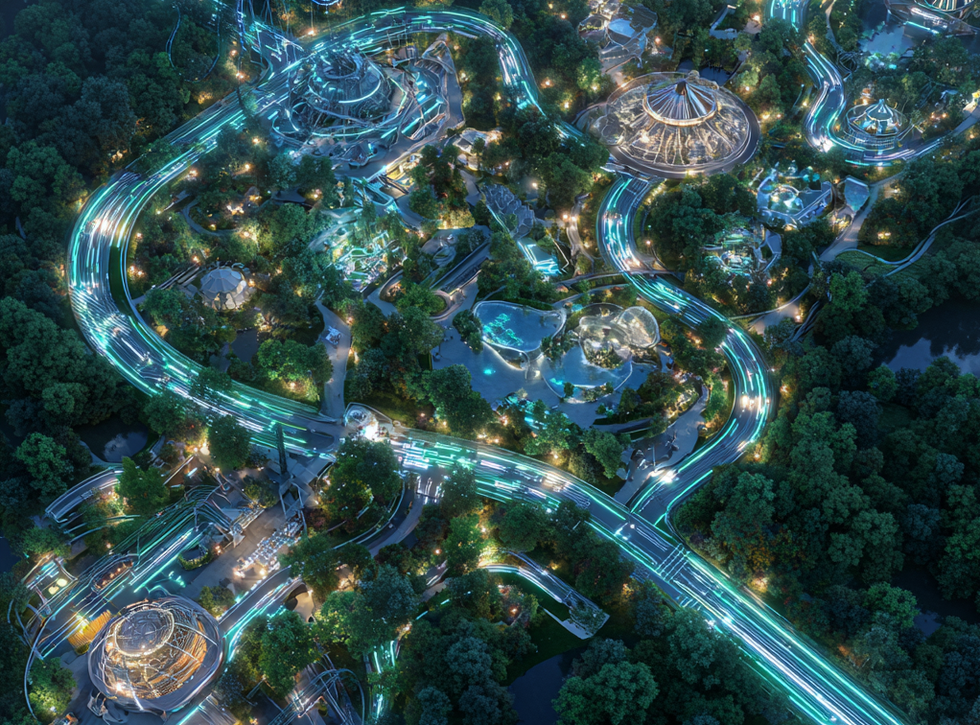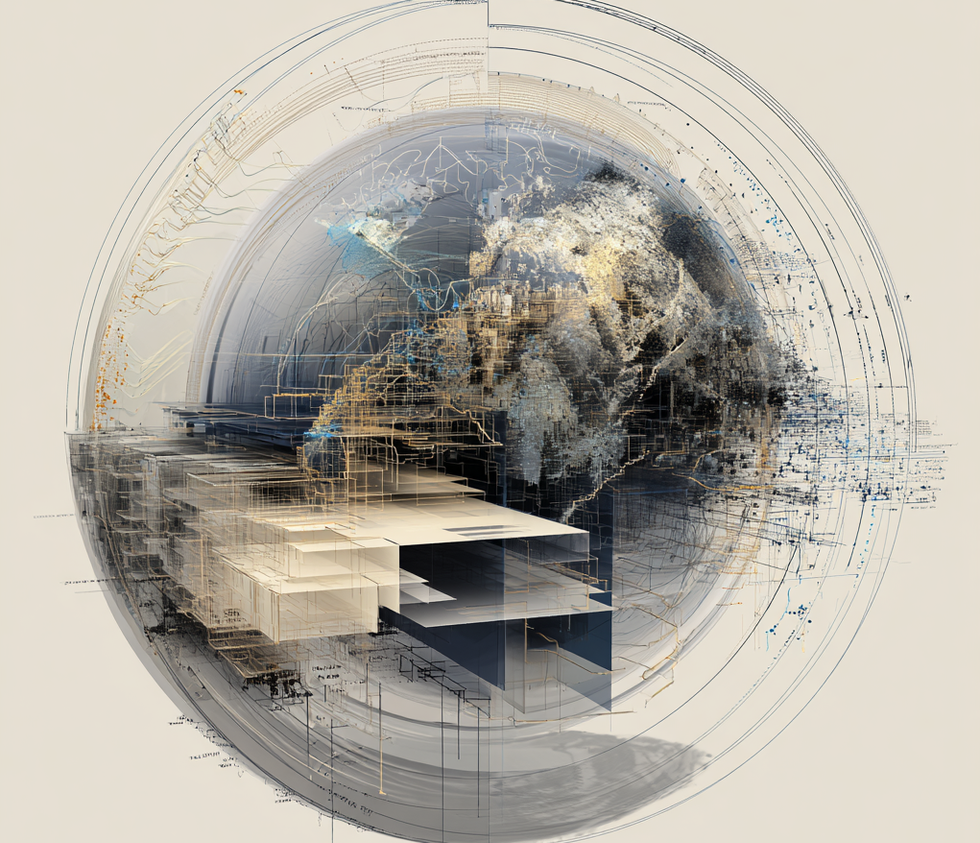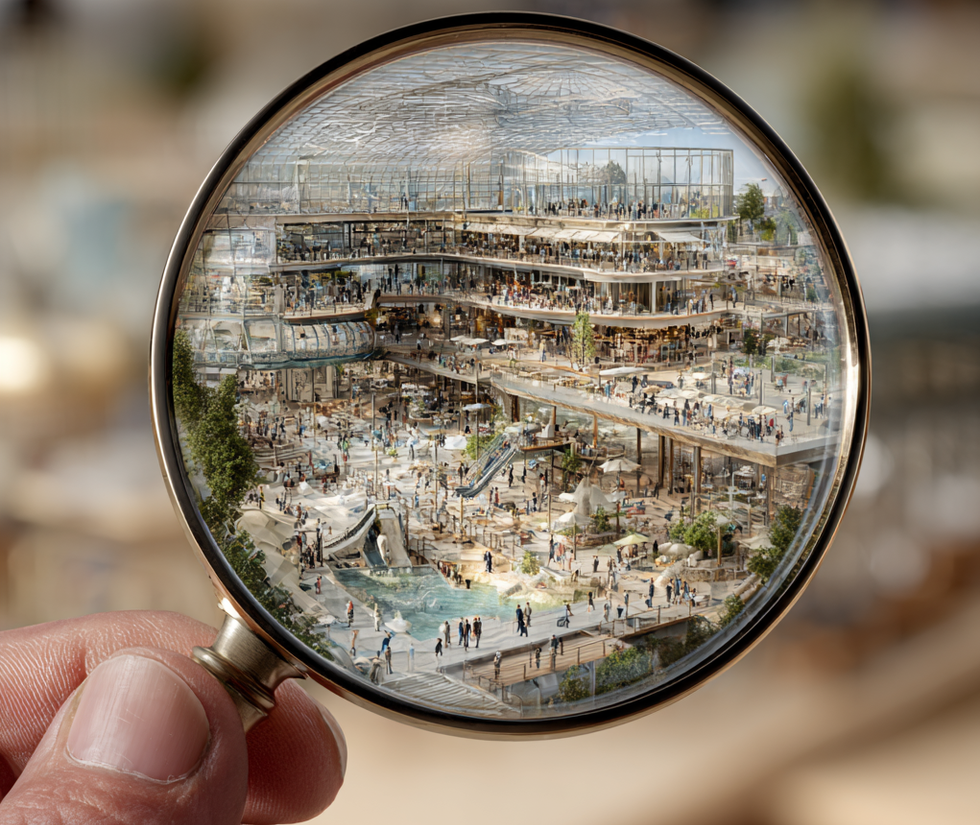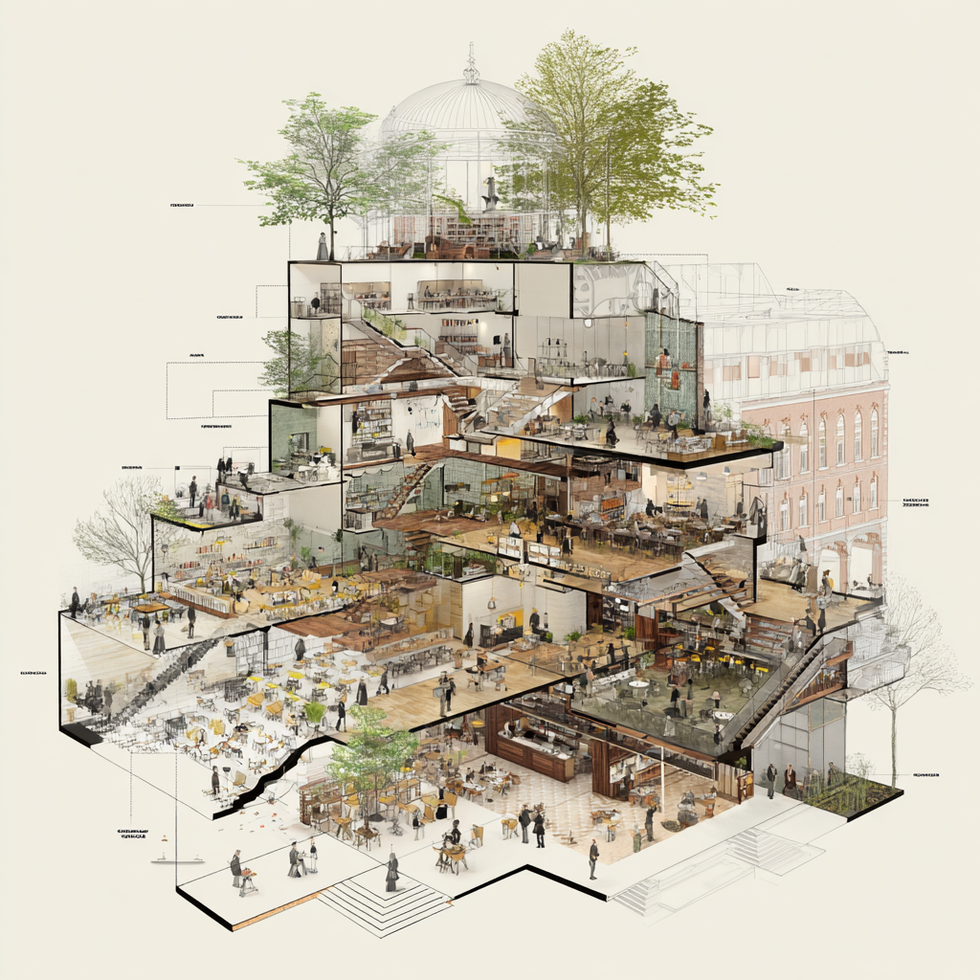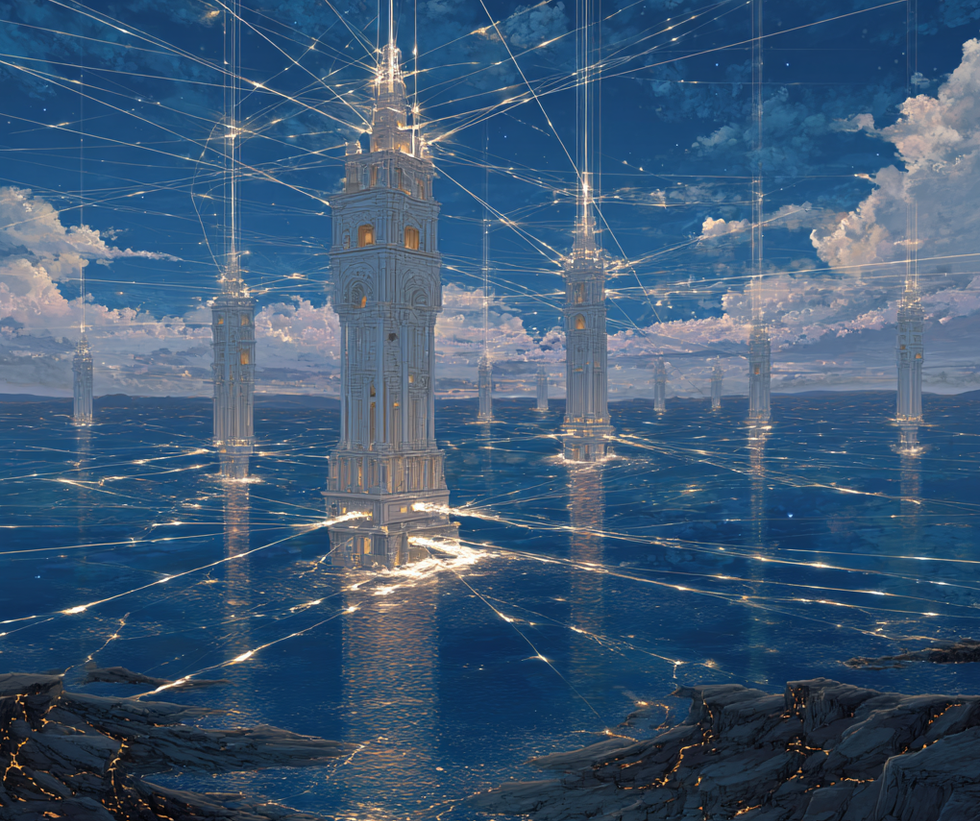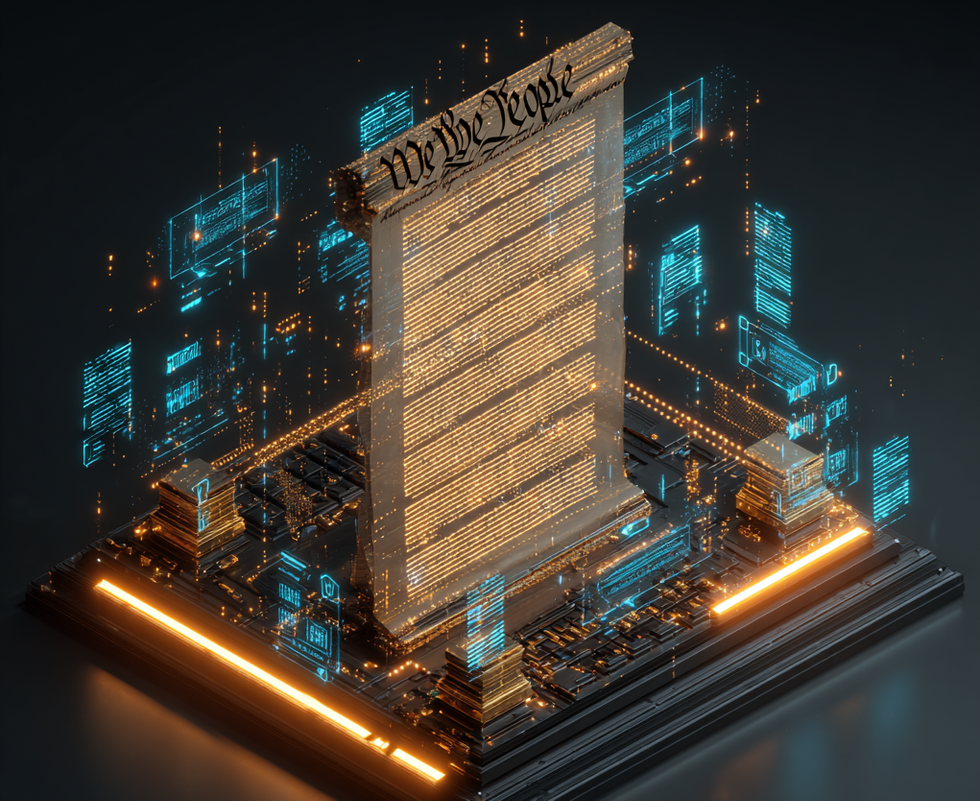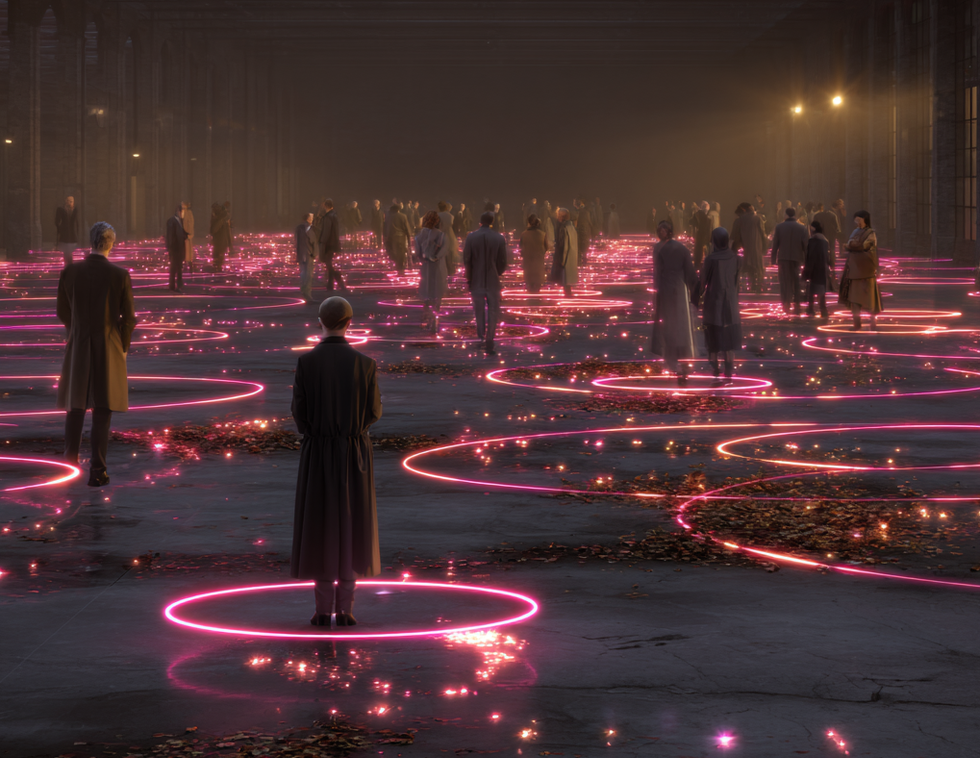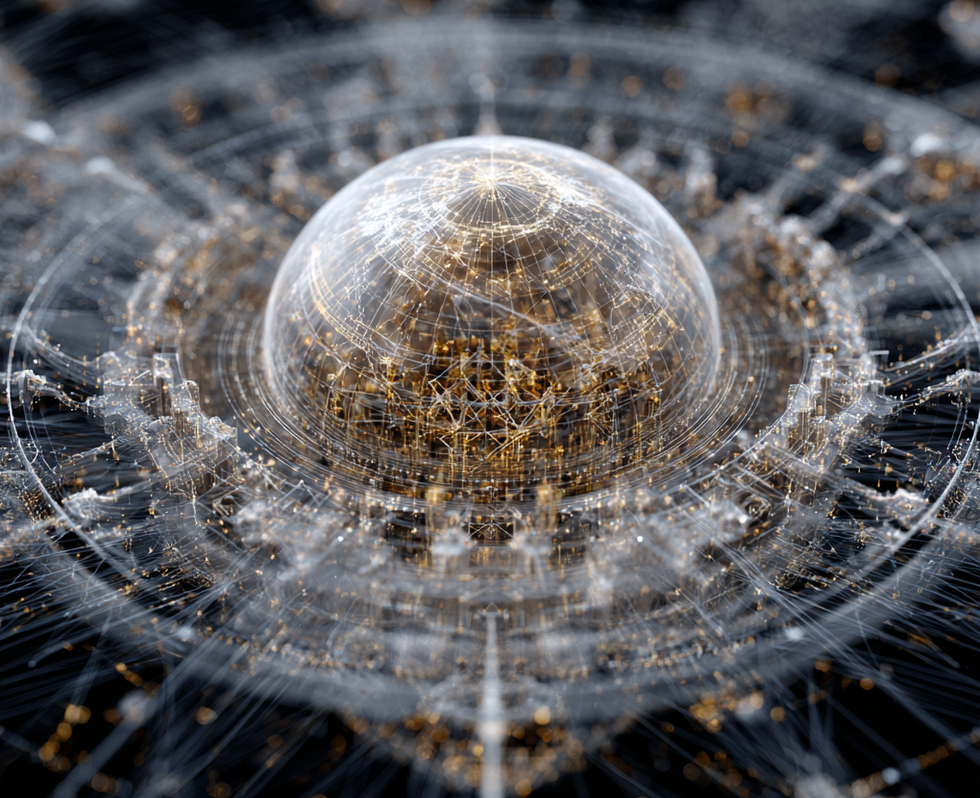Ever since Walt Disney envisioned the first Tomorrowland as part of the first Disneyland park when it opened in 1955, the company had known that it had one major problem that would never go away. The river of time is always flowing. What was once envisioned as futuristic all too quickly becomes present-day innovation, then fades into the past.
Tomorrowland was the last of the “lands” to be completed at Disneyland before the grand opening on 17 July 1955. As such, the land also came in last when it came to budget, as teams worked to finish the park.
To compensate for these shortcomings, the original Tomorrowland ultimately became more of a showcase world. Sponsorship deals were signed with various companies to showcase their latest technology and corporate visions of the future.
The Tomorrowland of the past
Very few of the attractions you think of today as being iconic Tomorrowland attractions were even envisioned yet, let alone built. There was no Space Mountain, of course. Instead, the land featured the iconic TWA Moonliner rocket display. This also served as an entry point to the Rock To The Moon attraction.
Other attractions included Circarama U.S.A. (the first CircleVision attraction) and a walk-through of Space Station X-1 that gave a view down at America as if you were on board a space station in orbit. There was also the walk-through Monsanto Hall of Chemistry.
The only actual “ride” present was the initial version of the Autopia. This was followed later in the year by the Tomorrowland Boats, along with other classics like the “Aluminum Hall of Fame” and The Flight Circle, where model airplanes and other vehicles were put on display.
It wasn’t until a year later that other classics, such as the Astro Jets or Skyway to Fantasyland, were added.
Attractions in Tomorrowland were shuffled quickly as they aged, or as new sponsors were brought on board. New major additions came in 1959 with the opening of the Disneyland Monorail, Submarine Voyage and Matterhorn Bobsleds.
By the mid-1960s, a plan was in place to demolish much of the original Tomorrowland and re-imagine it. This led to the addition of several new attractions in the mid-to-late 1960s. For instance, the Carousel of Progress, Adventure Thru Inner Space, Circle-Vision, and the PeopleMover.
As many of the newer and remaining attractions seemed to convey a theme of transportation and movement, the focus of Tomorrowland appears to be shifting away from innovations and more towards reflecting the theme as 'The World On The Move.'
Space Mountain comes to Tomorrowland
It wasn’t until 1977 that the land’s signature attraction finally arrived in the form of Space Mountain. The original Star Tours was not added until 1987. It was the second attraction Disney co-designed with George Lucas, following the opening of Captain EO in 1986.
The addition of Space Mountain at Disneyland, of course, was due to the opening of The Magic Kingdom and Walt Disney World in October 1971. Even then, there was no Space Mountain in Florida until 1975.
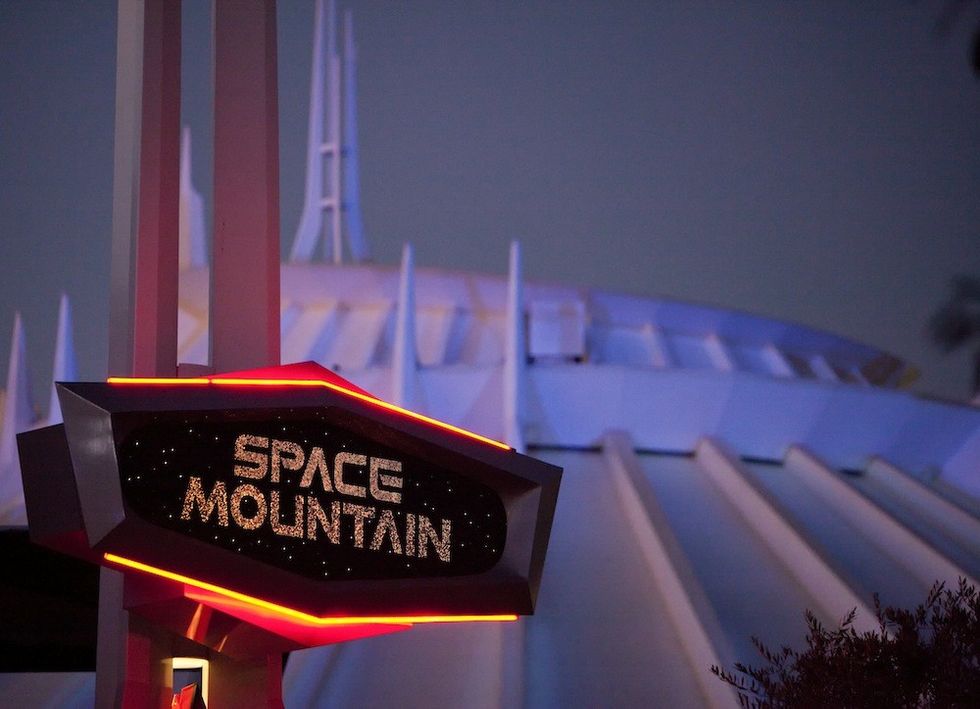
Instead, much like what happened in California, the Florida version of Tomorrowland opened as a very empty land. There were only two attractions available on opening day. These were the Grand Prix Raceway (WDW’s version of the Autopia) and a Skyway to Fantasyland.
As this second Tomorrowland grew, it also faced many similar problems to the original. It featured an assortment of similar (and sponsored) attractions to Disneyland, such as Flight to the Moon, Star Jets, PeopleMover, Circle-Vision and so on.
A growing problem
It wasn’t until 1975 that the park opened the Carousel of Progress and Space Mountain. Unfortunately, it remained mostly unchanged into the early 90s as the Disney Imagineers became more focused on opening Epcot Center, a second park in Florida, in 1982, followed by a third park, the Disney MGM-Studios, by 1989.
By the time 1990 arrived, Disney had a huge problem with not just one, but two outdated Tomorrowlands.

Care to make that THREE Tomorrowlands?
We can’t forget that through a unique deal with the Oriental Land Company, Disney Imagineers also designed and built Tokyo Disneyland in Japan. This opened in 1983 with its own Tomorrowland, which was somewhat modeled after the American versions. It mainly featured updated versions of existing attractions, such as Space Mountain, Captain EO, and Star Tours.
At this time, Disney Imagineers recognised a growing problem. However, its numbers were also stretched very thin, as WDI was in the midst of building what would become Disneyland Paris.
New parks around the world
When the park opened in 1992 as Euro Disney, the Imagineers were tasked with creating something new in place of Tomorrowland. There was still a desire to make a futuristic-themed land, but to do it in a way that would never become outdated, unlike the others.
The Imagineers did so in a way that not only aligns with their own goals but also ties into French culture by drawing inspiration from the novels and visions of French visionary and author Jules Verne (1828-1905).
This was hardly Disney’s first foray into the works of Jules Verne. He had inspired other early Disney attractions, such as 20,000 Leagues Under the Sea. And his influence was heavily seen in the Horizons dark ride at EPCOT Center.

Instead of Tomorrowland, the new Disney park in France would instead feature Discoveryland. This was an area focused on futuristic visions that heavily leaned into the works of Jules Verne.
Once fully built as envisioned, it features a 20,000 Leagues themed submarine walk-through experience. Instead of Space Mountain, the land would get a Discovery Mountain themed as Jules Verne’s From the Earth to the Moon, where your rocket ship is loaded into the massive Columbiad Cannon and shot into space.
For what is assumed to be purely marketing reasons, just before Discovery Mountain could open in 1995, the name of the attraction was changed to “Space Mountain - De la terre à la lune”, while keeping the theme still the same as before.
The land also featured some of Disney’s own futuristic visions. For example, the appearance of the Hyperion airship (as part of the Hyperion Theater structure) from Disney’s own The Island at the Top of the World, inspired by the never-built Discovery Bay land envisioned for Disneyland in the 1970s.
Tackling the Tomorrowland problem
By this point, Disney had finally decided that it needed to tackle the Tomorrowland problem in their other parks once and for all.
Over the years, there had really only been minor updates to the lands in California, Florida and Japan, most of which happened along with the introduction of a new individual attraction here or there along the way, but the overall look and feel of the lands had remained very much the same from when they were built.
A large part of this renewed push to update and stay relevant came from a 1990 initiative announced by then CEO Michael Eisner called the “Disney Decade”. In this announcement, Eisner listed a series of major projects that would take place to update not only Disneyland but also the Walt Disney World parks by 2000.
The goal was nothing short of re-inventing the Disney park’s experience.
In addition to some major expansions planned for Disney’s Florida property, which included a new land at the Studios park, a whole fourth theme park, numerous hotels and resorts, these plans also included an update to Tomorrowland in the Magic Kingdom, set to open in 1994.
At the original parks in California, Disney announced plans to build a second park, the addition of a Hollywoodland at Disneyland, and an epic update to Tomorrowland, featuring a new terror-based attraction that would break new ground for Disney, to be called ExtraTERRORestrial Alien Encounter.
Non-Disney IP
Eisner had been riding high on the concept of adding non-Disney IPs to the parks since the addition of the Star Wars-themed Star Tours attraction in the late 1980s, followed by an Indiana Jones stunt show in Florida as an opening-day attraction at the new Disney-MGM Studios theme park experience in 1989.
Plans were already underway to expand the Indiana Jones concept with a major new themed dark ride at Disneyland. Still, Eisner had his sights set upon a very special new IP to be used for Disneyland’s Alien Encounter.

The company had already seen a very positive guest reaction to the use of 20th Century Fox’s ALIEN creature as a themed segment within the Great Movie Ride within the new Disney-MGM Studios park, so Eisner was looking to double down on this by theming the new Tomorrowland terror attraction to the creature as well.
Unfortunately, like with many of the Disney Decade announcements, this was never to be. The Tomorrowland update for Disneyland was pushed back until 1998, and instead, the new plan was to bring Alien Encounter to life first within Walt Disney World’s Magic Kingdom as part of that park’s Tomorrowland update.
Those ambitious plans were shelved, and a new custom alien creature was designed instead, along with a slightly less sinister storyline that would fit a little better into the more light and fairytale atmosphere of Florida’s Magic Kingdom theme park.
Transforming Tomorrowland
Undergoing a two-year transformation, Tomorrowland reopened in 1994. A dramatic new look was applied to nearly every structure within the land. The old monochromatic and sterile-looking Tomorrowland from the 1970s had now given way to a brilliant world of color. There was new science fiction-inspired decor and trim everywhere.
Instead of being another futuristic look into the world of Tomorrow, Disney wisely marketed this new land as “The Future That Never Was… Is Finally Here”.
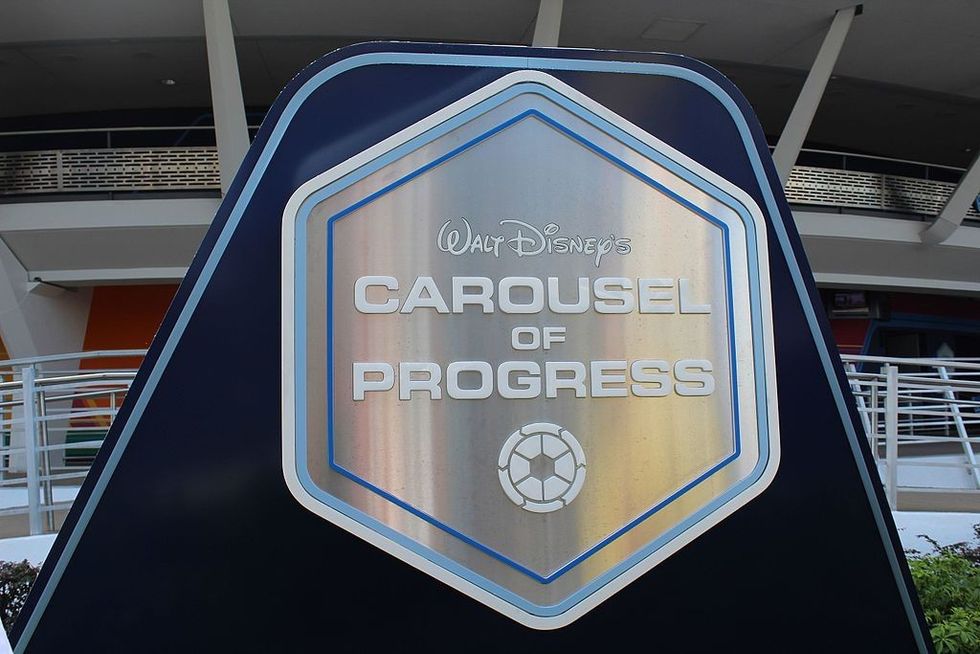
Classic attractions like Space Mountain and the Carousel of Progress mainly remained the same. The sponsored Delta Dreamflight dark ride was still there, but Mission to Mars had been fully transformed into the park’s popular new Alien Encounter attraction.
Meanwhile, the former Circle-Vision theater had quickly borrowed a 1992 Circle-Vision style attraction created for Disneyland Paris called Le Visionarium. This was renamed Timekeeper and featured the voice of Robin Williams.
A succesful updare
The terror-based feel of Alien Encounter remained a point of controversy among Walt Disney World guests, who found it either too scary or not kid-friendly enough within the Magic Kingdom. However, the update was largely successful.
Over the next decade, further updates continued to evolve the land into the experience you still have today. This included the addition of the first Buzz Lightyear: Space Ranger Spin in late 1998, replacing Delta Dreamflight.
The unique Alien Encounter attraction was then closed in late 2003. This was to update it with a more family-friendly storyline and theme.
While the overall concept of the attraction remained virtually the same, it was felt that the addition of the popular Stitch character from 1992’s hit Lilo and Stitch animated film would bring the attraction more in line with the overall feel of the land. Hence, Stitch’s Great Escape opened in late 2004.
A third new attraction, themed to Pixar’s Monsters Inc. film, replaced Timekeeper in 2007 and was called the Monsters Inc. Laugh Floor.
A new focus
The land is still known as Tomorrowland. Yet what most don't talk about is that the focus of the land has entirely changed. While the exterior has managed to retain the 1994 Future That Never Was vibe, the addition of those last three new IP-based attractions has served a greater purpose.
Instead of Tomorrowland being all about visions of what the future would be like, it had instead turned the entire land into a Sci-Fi version of Fantasyland.
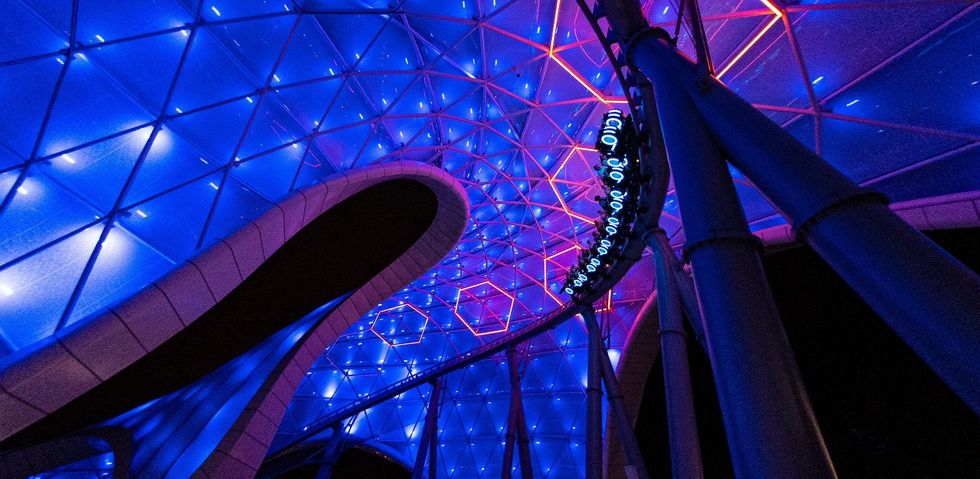
Fantasyland was always focused on Disney’s Princess-themed IPs and heavily marketed itself towards families with little girls. Meanwhile, Tomorrowland had now become full of fun action-themed attractions. These let you fly through space on a rocket, drive cars, laugh with interdimensional monsters and shoot at alien robots.
This renewed theme remains true even today, with the addition of Tron: Lightcycle Run in 2023. I’m probably going to get some hate for saying this. But by this point in time, the one Tomorrowland attraction that is just out of place and probably ready for retirement is the classic Carousel of Progress.
Design vs. budget
Moving to the California coast once again, it was time to update Disneyland’s Tomorrowland at long last. Unfortunately, design concepts were running up against new budget constraints at the time. There was also some public pushback about certain proposed changes.
The original concept for Disneyland’s renovation was called Tomorrowland 2055. This envisioned a future set 100 years after the park's opening. The theme would explore massive, alien-looking crystals hidden underground.
Once uncovered by construction and illuminated by the sun, these crystals would be said to have triggered a transmission to the aliens. Sort of a homing beacon of sorts to say that humanity had uncovered the crystals and had advanced to the point that we were ready to meet them.
Not unlike the Tomorrowland renovations that arrived in Florida, Disneyland’s version would have been similar, but even more epic. Plans once mentioned building an entire second-story network of pathways and bridges throughout Tomorrowland. This would include stores and displays featuring alien shopkeepers and more, looking to sell Earthlings technology from beyond the stars.
You can see how Alien Encounter’s XS-Tech storyline would have fit in very well here.
Tomorrowland 2055
Tomorrowland 2055 would keep major attractions like Space Mountain and Star Tours. It would become somewhat themed as Earth’s new interstellar spaceport to worlds beyond. This would keep the existing transportation-heavy theme of old Tomorrowland also in place, though other new attractions would also arrive.
In addition to Alien Encounter, the former Carousel of Progress/America Sings building would be rethemed to resemble a giant UFO. This would feature an intergalactic band of musical circus performers called Plectu’s Fantastic Intergalactic Revue.
The huge cost, mixed with the troubling financial numbers coming from the Disneyland Paris debut, made Disney management suddenly become very cost-averse. Instead of a “Build It and They Will Come” attitude, the new method was to find ways to budget cut everything back as far as they could go to make investors happy.
If you couldn’t find a way to make cutbacks and still make it work, then most of those projects found themselves being cut entirely. With this in mind, Tomorrowland 2055 was quietly shelved. The update to Tomorrowland was delayed by another three years to develop a more budget-friendly alternative.
Meanwhile, the park’s limited resources were already committed to finishing the build of Indiana Jones and the Temple of the Forbidden Eye. This opened in 1995.
New rides and a new paint job
Unfortunately, the Tomorrowland that Disneyland received in 1998 was not the one that most people wanted. Most of the land was repainted in metallic and earth tones to visually resemble Discoveryland in Paris, including even Space Mountain.
Most of the brand-new concepts once promised were shelved to build clones of existing attractions and concepts in the park. Even worse, many of the popular classic attractions that had proven the test of time were suddenly gone.
The Rocket Jets ride atop the gantry platform was closed. A lackluster replica of Paris’s version was built on ground level at the entrance to the land instead, while leaving the original ride structure still standing at the top of the tower.
Instead of Alien Encounter replacing Mission to Mars, the space was turned into a Pizza restaurant. The former Carousel of Progress building became a copy of Epcot’s Innoventions. Captain EO had become a copy of Epcot’s Honey I Shrunk the Audience 4D theater attraction.
Space Mountain and Star Tours remained, while the outlying Tomorrowland attractions like Autopia and Submarine Voyage were simply ignored. The former Circle-Vision theater was gutted to become queue space for the only brand new attraction in the land, the Rocket Rods. This replaced the PeopleMover attraction.
Rocket Rods
Unfortunately, the Rocket Rods, which were promoted as offering roller coaster-level thrills (they didn’t), underwent development cutbacks. This resulted in the final product experiencing significant downtime issues and low guest satisfaction rates.
The Rocket Rods lasted just 28 months. The ride was then shut down to undergo an extensive maintenance review and overhaul, only to determine that the cost to fix and reopen it was more than Disney was willing to spend. So, about six months later, the Rocket Rods were announced to be permanently closed.
Disneyland wisely repurposed the former Circle-Vision space to become a new Buzz Lightyear-themed interactive dark ride in 2005. It followed this with an update to the old submarine ride, which became the Finding Nemo Submarine Voyage in 2007. Additionally, Star Tours was upgraded to the current Star Tours - The Adventure Continues in 2011.
However, for every step forward, Tomorrowland would also seem to remain a bit lost and empty. Innoventions and Honey, I Shrunk the Audience would close for good. Even worse, the remains of the original Rocket Jets tower and the PeopleMover/Rocket Rods track, which winds around the entire land, still stand today. It's an ever-present reminder of what once was, as well as what it could have been.
Tomorrowland in Japan
In Japan, a different approach was proposed for the aging Tomorrowland, called Sci-Fi City.
The bland white structures of Tomorrowland were to be transformed into a hyper-modern vision of a sprawling Sci-Fi metropolis. The plan incorporated many design aspects borrowed from the visual style of popular Japanese anime.
Much like the proposed Tomorrowland 2055, Sci-Fi City would be reborn with a Spaceport-style theme. There would be a neon-lit cityscape full of space-themed new attractions, such as a Sci-Fi Zoo experience. High-speed Rocket Bikes would soar around the upper levels between the buildings (Rocket Rods 2.0?), and there would be an indoor attraction called Lunar Racers. Best of all, Space Mountain would be closed and rebuilt.
At one point, I heard talk about building a copy of Disney’s Rock ‘n Roller Coaster that would be placed somewhere within Sci-Fi City under the project name, Cyber-Mid. This would transport guests inside the realm of the computer world.
If you think this last concept sounds familiar to today’s Tron: Lightcycle Run, then you’re not alone. Although, keep in mind this last part came about shortly after Rock ‘n Roller Coaster opened in 1999. Budget-conscious management at the time was looking to drop a cloned version into every Disney resort property.
Meanwhile, at the time, Tron, as a Disney-owned IP, had been largely forgotten by management. The 1982 movie never achieved huge success. Disney would not revisit Tron until late 2010 when Tron: Legacy was released in theaters.
Unfortunately, Sci-Fi City was shelved as the Oriental Land Company instead opted to construct a second theme park: Tokyo DisneySea. The long-awaited upgrade to that park’s Tomorrowland has had to wait until now. The old Space Mountain is closed, and construction is underway to open a bigger and more modern version in 2027.
Tomorrowland in Hong Kong and Shanghai
Two more Disney resorts have been built in the 21st Century: Hong Kong Disneyland in 2005 and Shanghai Disneyland in 2016. Tomorrowland was back on the design list for these parks, but in different ways.
The Hong Kong version went for a colorful and neon-lit atmosphere. It featured copycat attractions, including Space Mountain, a Buzz Lightyear dark ride, an Autopia car ride, and the Orbitron rocket jets.
Over the years, Disney has added a heavy Marvel comics influence to the Hong Kong Tomorrowland. It added an Iron Man-themed simulator ride. It also turned the Buzz Lightyear dark ride into a similar interactive experience themed to Marvel’s Ant-Man and The Wasp: Nano Battle!
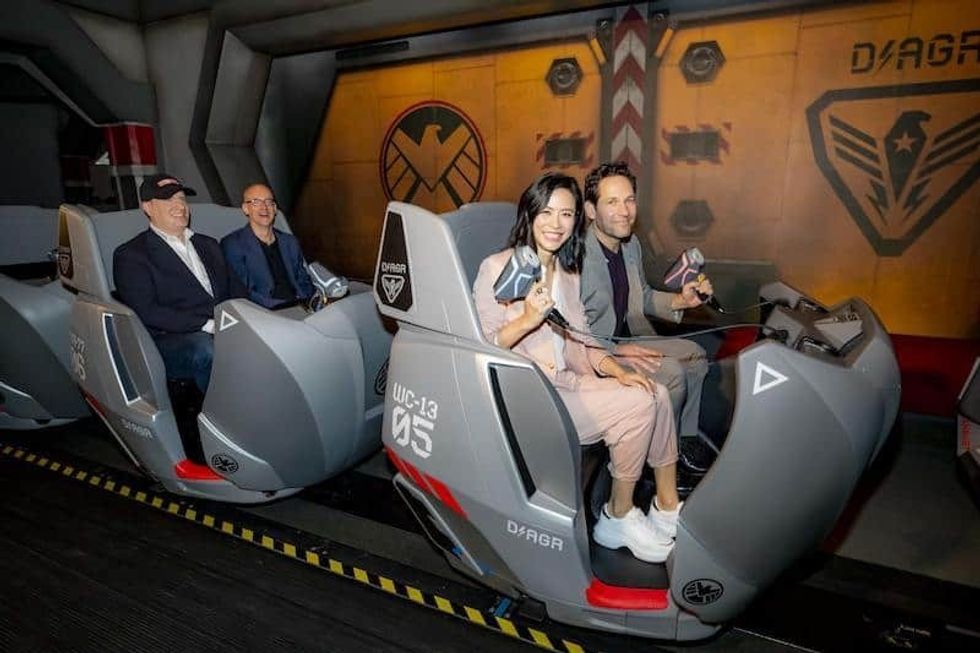
For years, the park has also discussed replacing the closed Autopia ride with a new Avengers-themed dark ride. With such an experience currently under construction in California, this idea may still come to fruition in Hong Kong.
While Shanghai Disneyland also built a Tomorrowland, it went with an entirely different design than any other to date. Here, the featured attraction was not a Space Mountain at all. Instead, we saw the global introduction of the Tron Lightcycle Power Run. This launched coaster was an immediate hit with the park guests.
Other attractions included the Jet Packs (an updated take on the Dumbo style experience with a futuristic theme) and a new Buzz Lightyear: Planet Rescue dark ride. There is also an interactive digital character experience called Stitch Encounter.
The land has also been home to a few temporary promotional attractions. For example, Star Wars: Launch Bay and Avatar: Explore Pandora. Much of what was accomplished with the redesign of Tomorrowland in Florida to become a more action-oriented Sci-Fi version of Fantasyland has also been achieved in Shanghai.
Always looking to the future
While the original Disneyland turns 70 this year, the park’s Tomorrowland is still begging for a dramatic upgrade.
The park added the first Star Wars: Galaxy’s Edge -themed land in 2019. So, it is hardly suffering from a lack of Sci-Fi-themed attraction space. Especially with the Avengers Campus in the Disney California Adventure park next door, which is currently expanding to add two new attractions very soon.
Disney is always moving forward, however. If you’ve read the headlines lately, you know Disney is creating a brand new theme park resort in Abu Dhabi. This is expected to be unlike anything we have ever seen before.
So, the real question is… will the Abu Dhabi park feature a Tomorrowland or opt to create something entirely new?
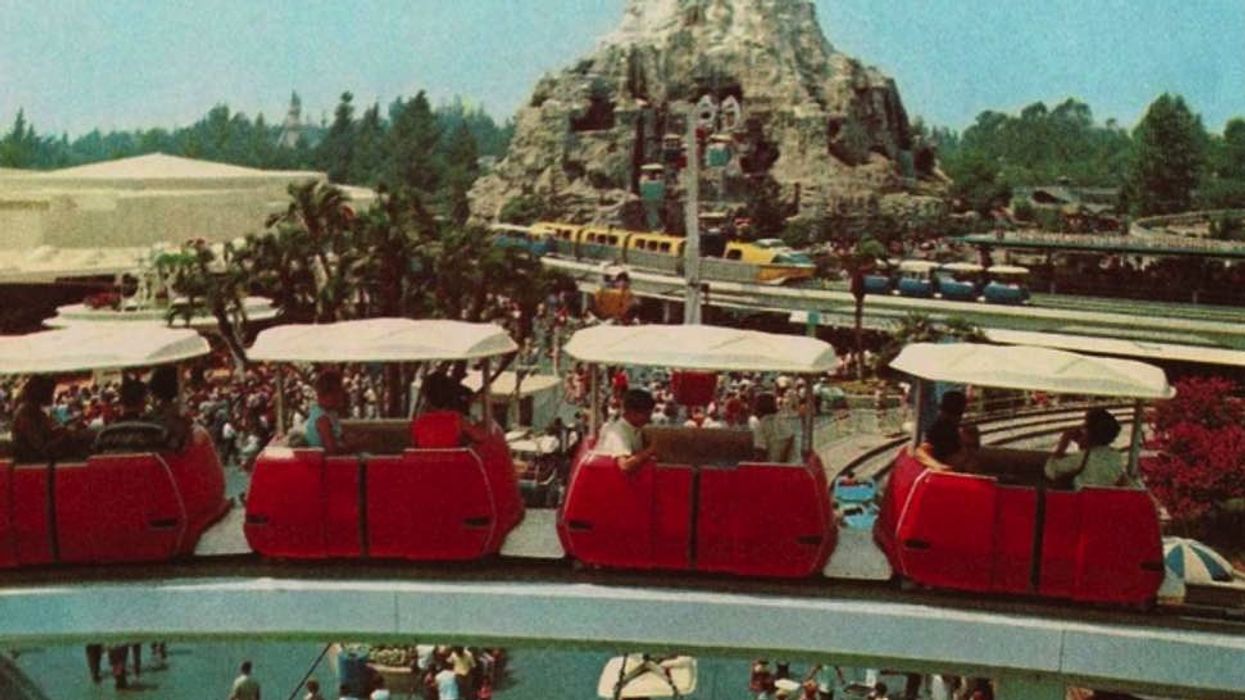

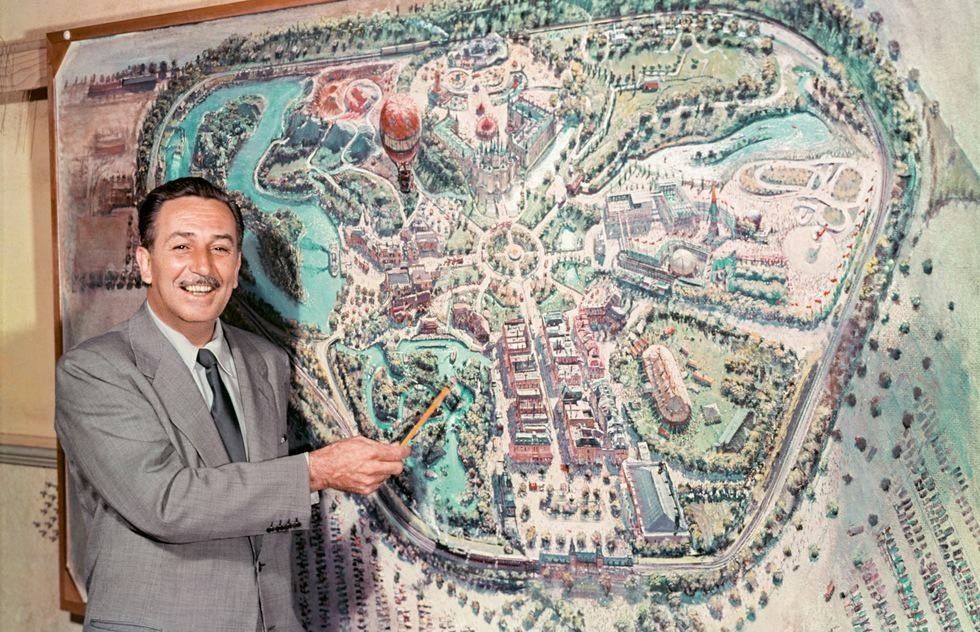
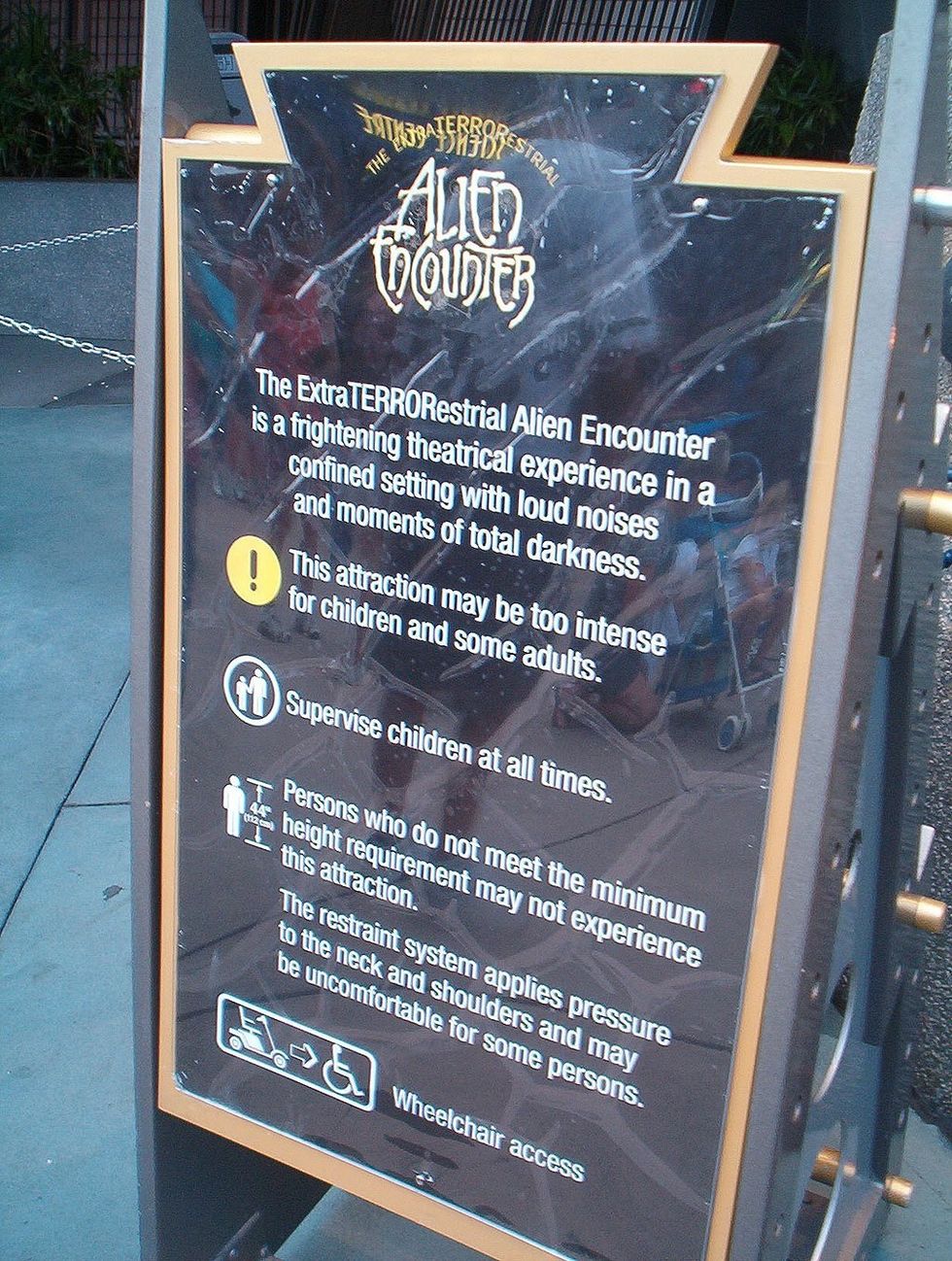
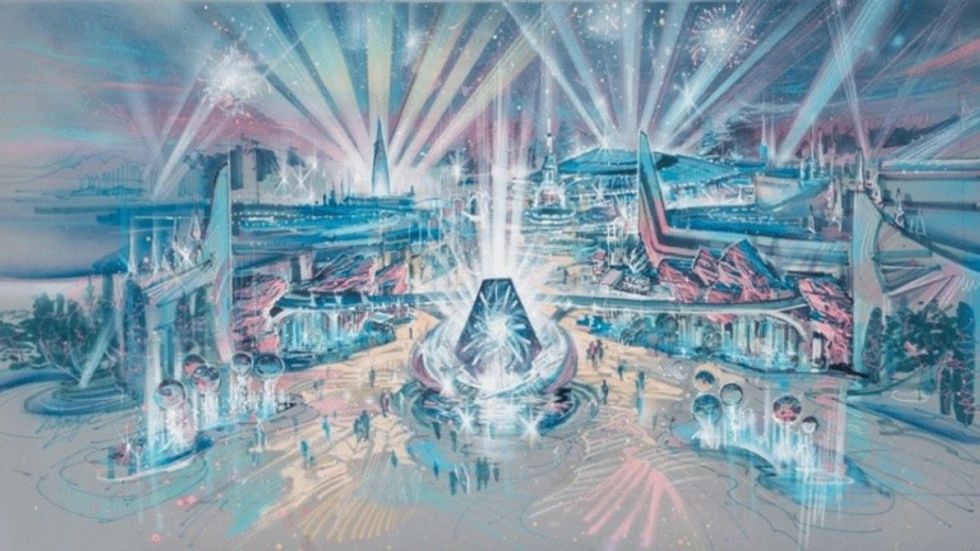
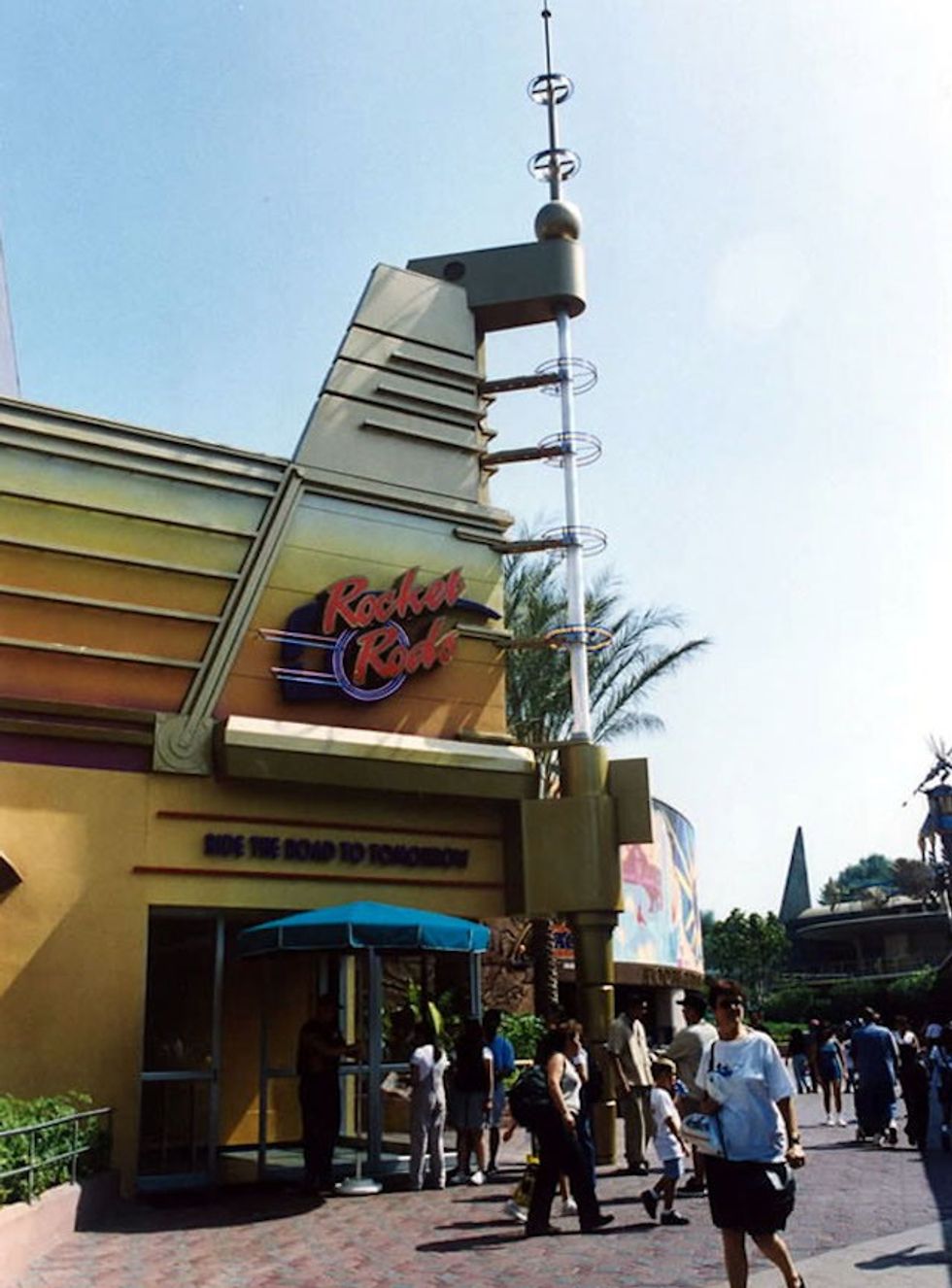

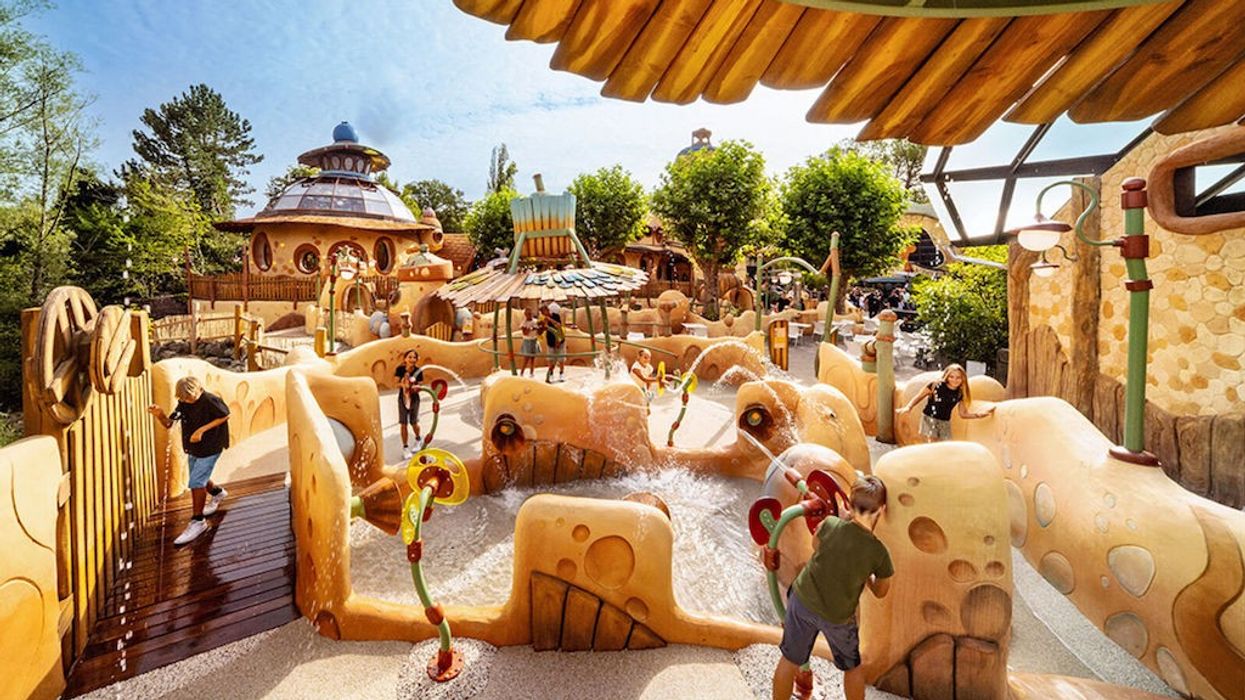
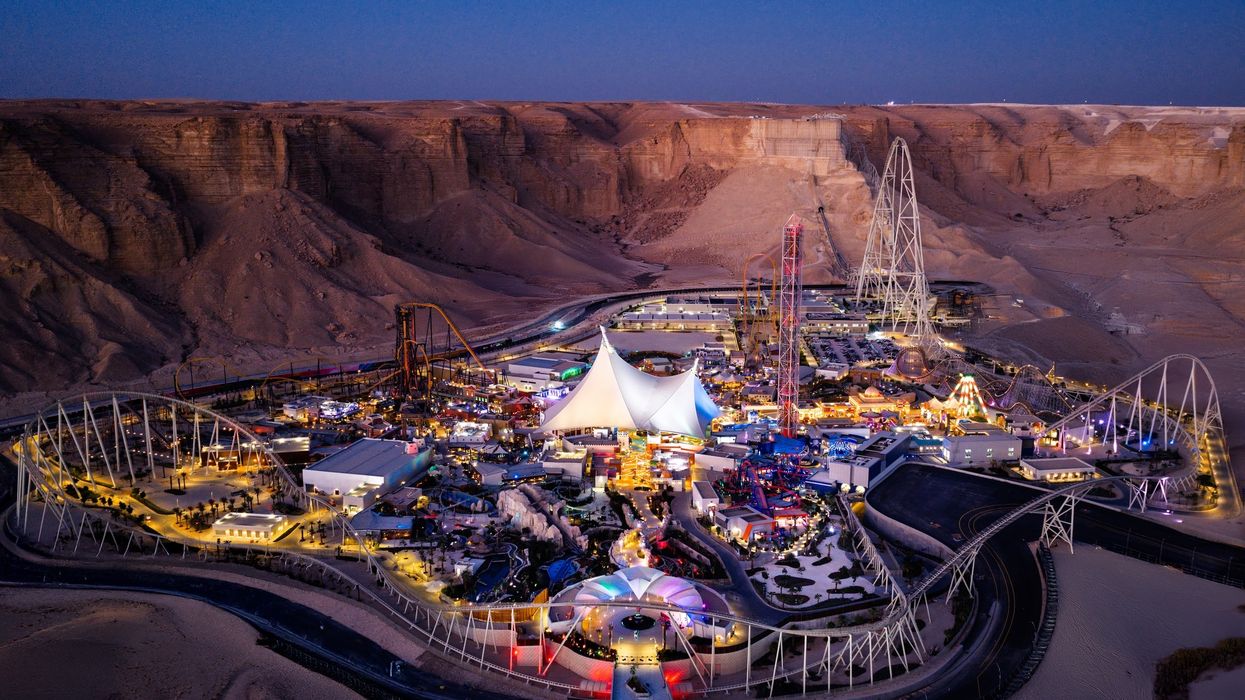
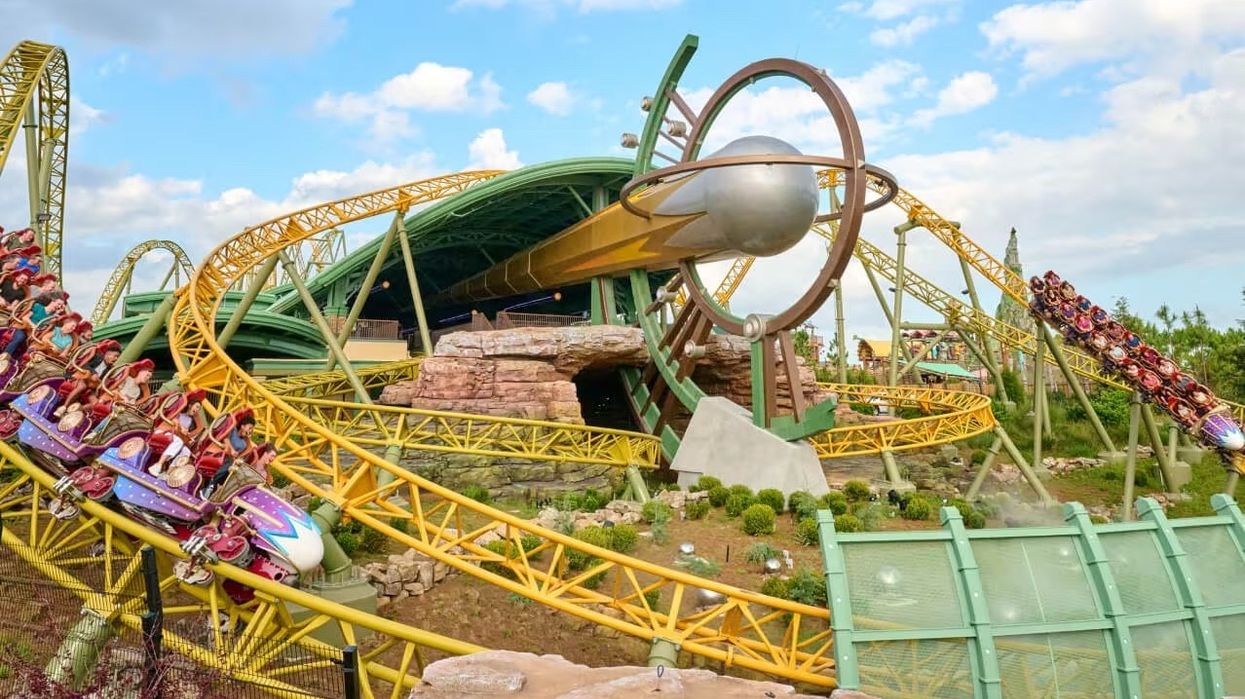
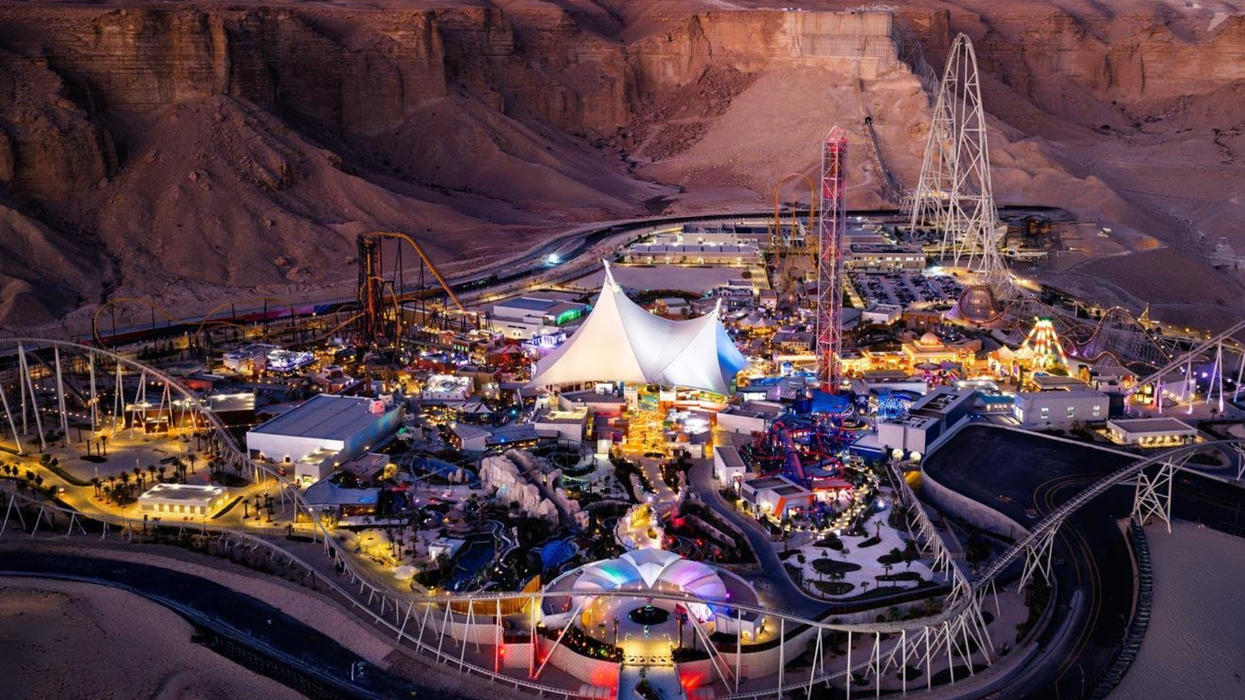

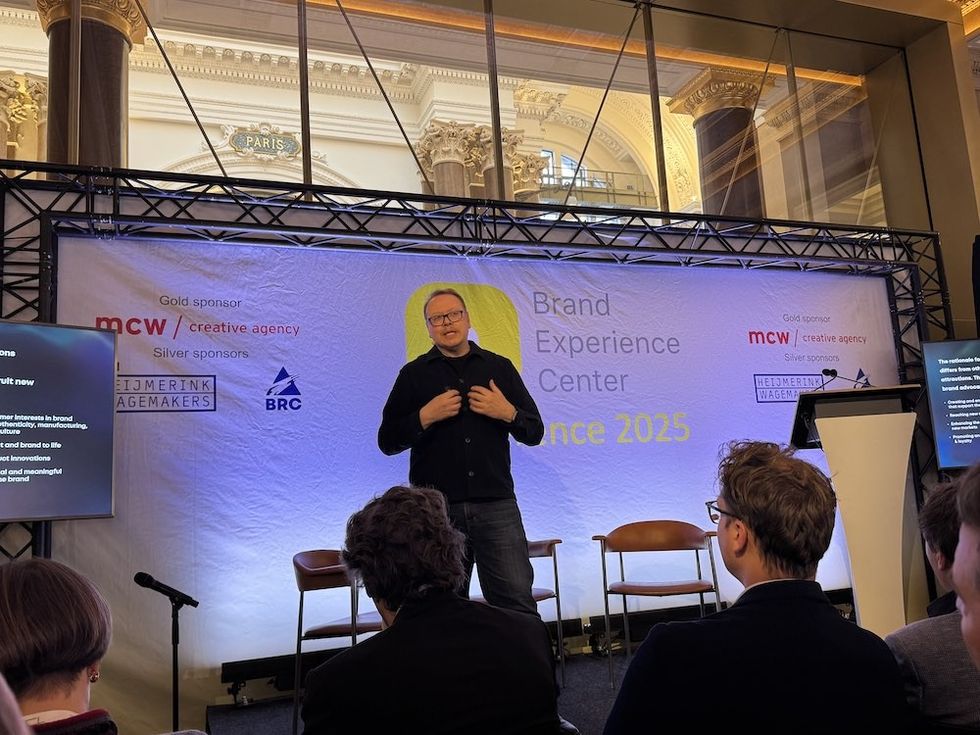 Christian Lachel, chief creative officer, BRC Imagination Arts
Christian Lachel, chief creative officer, BRC Imagination Arts 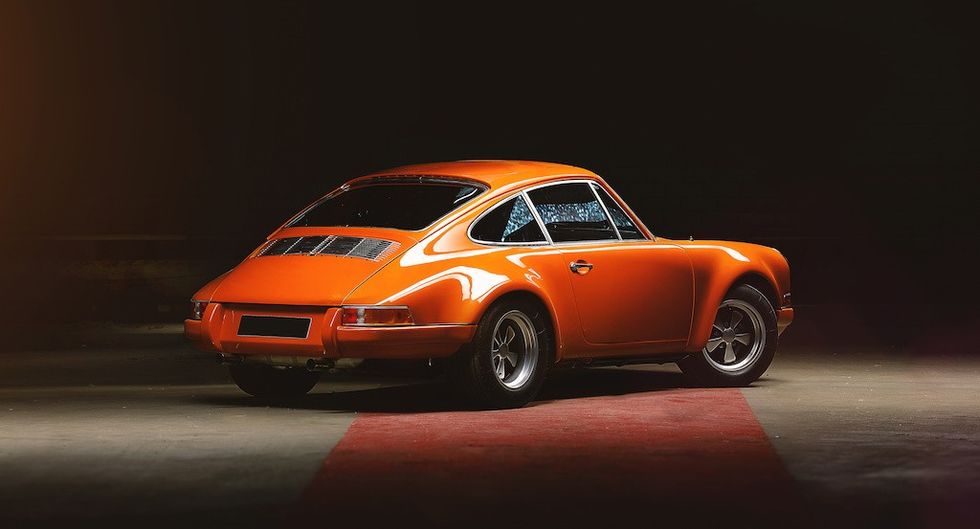 Image credit AA+W - stock.adobe.com
Image credit AA+W - stock.adobe.com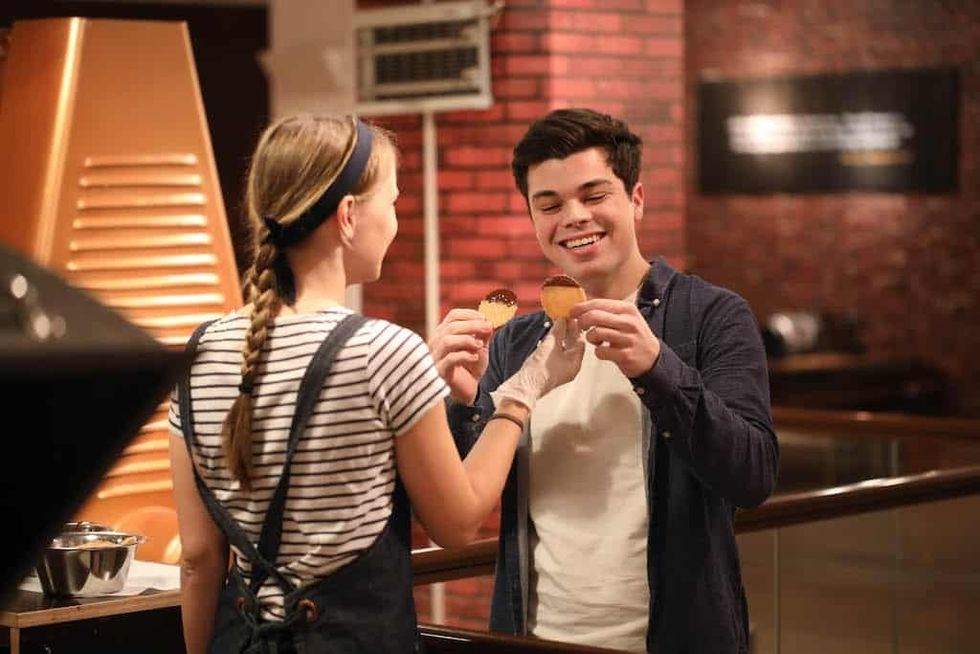 Chocoversum Image credit Sebastian Fuchs
Chocoversum Image credit Sebastian Fuchs 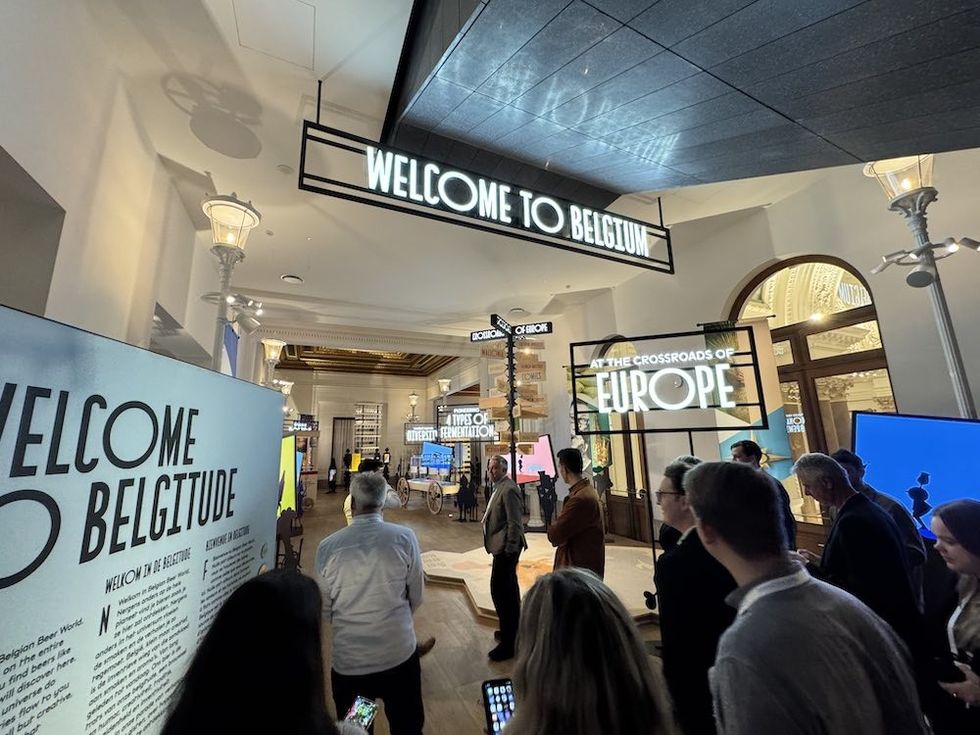 Belgian Beer World
Belgian Beer World 
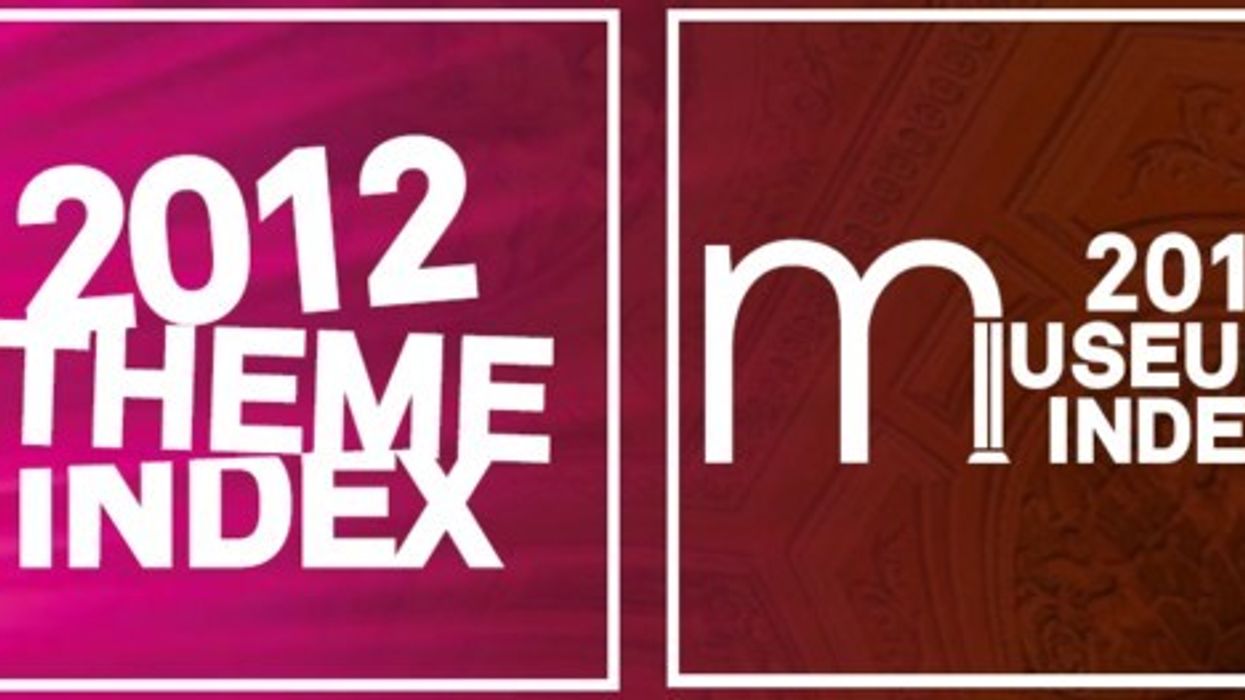
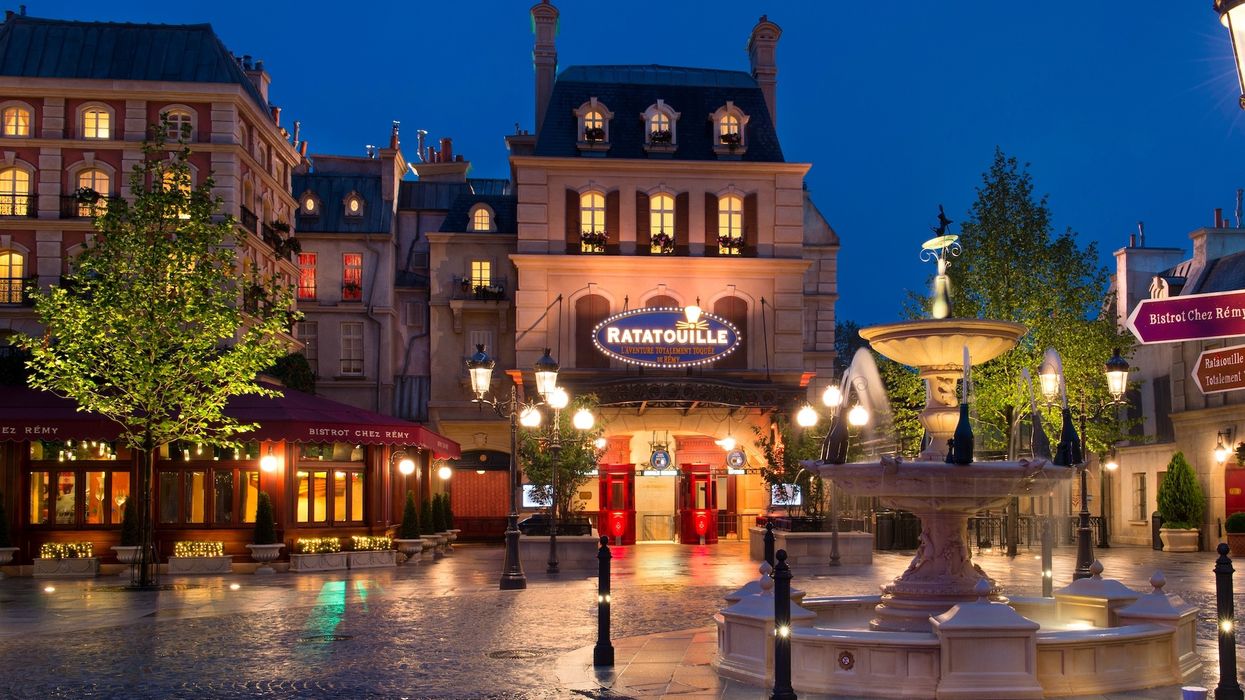
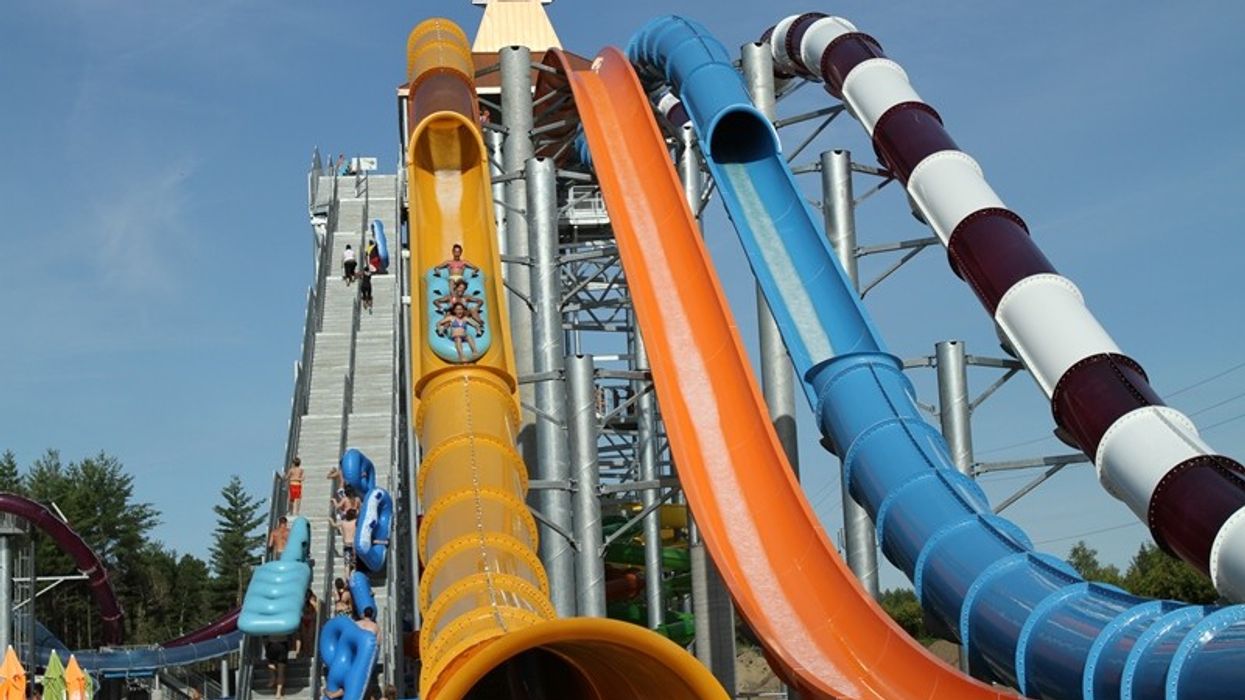
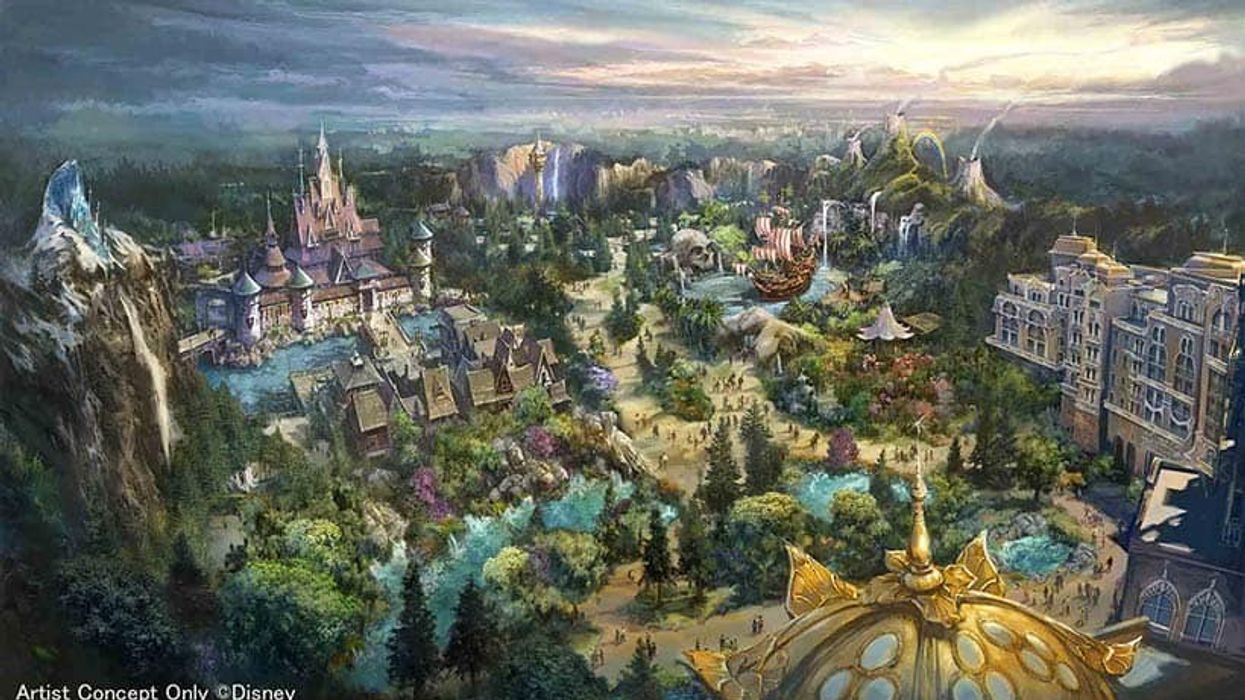
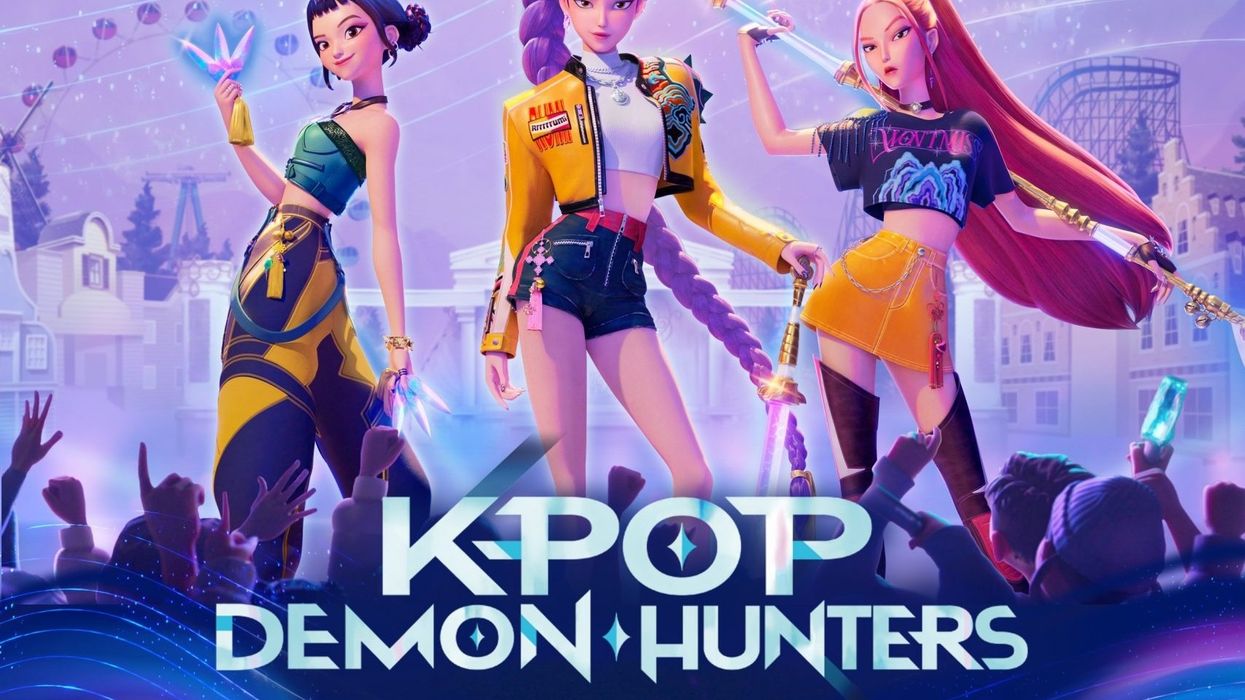
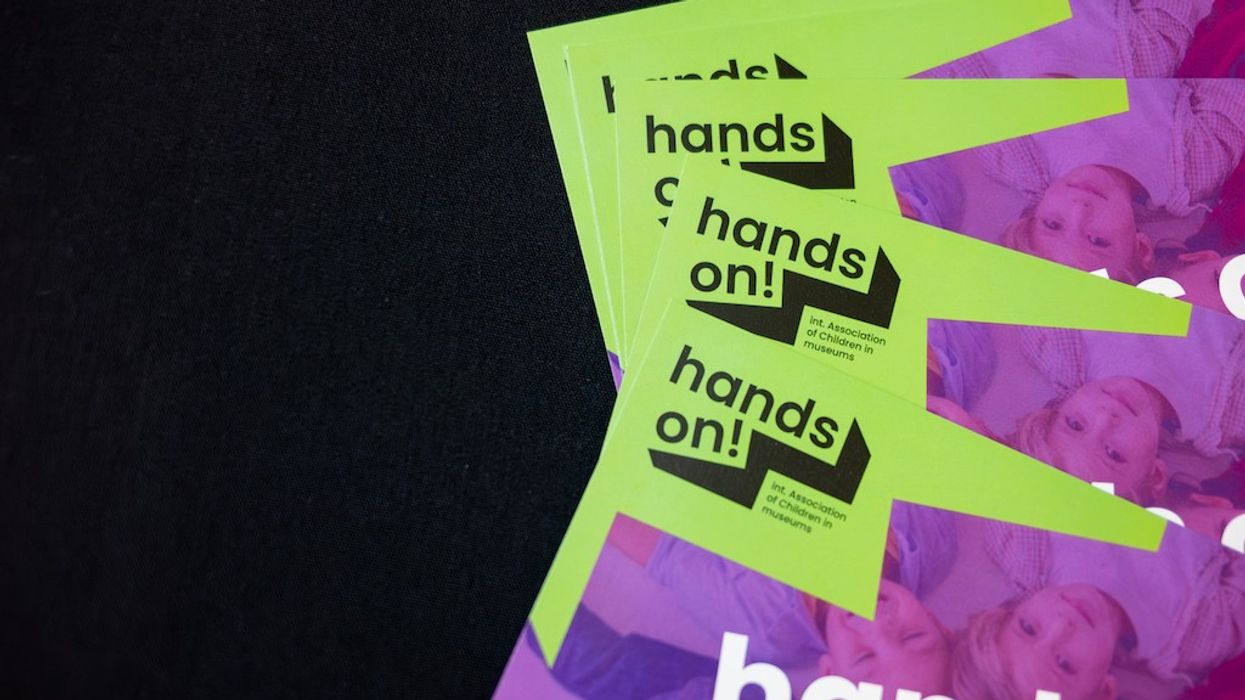
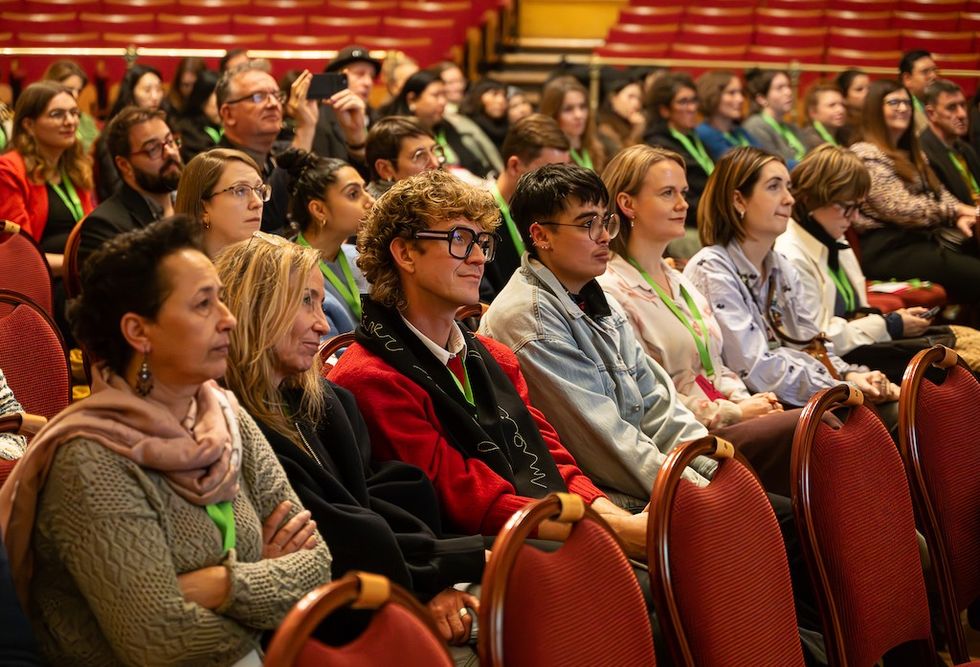
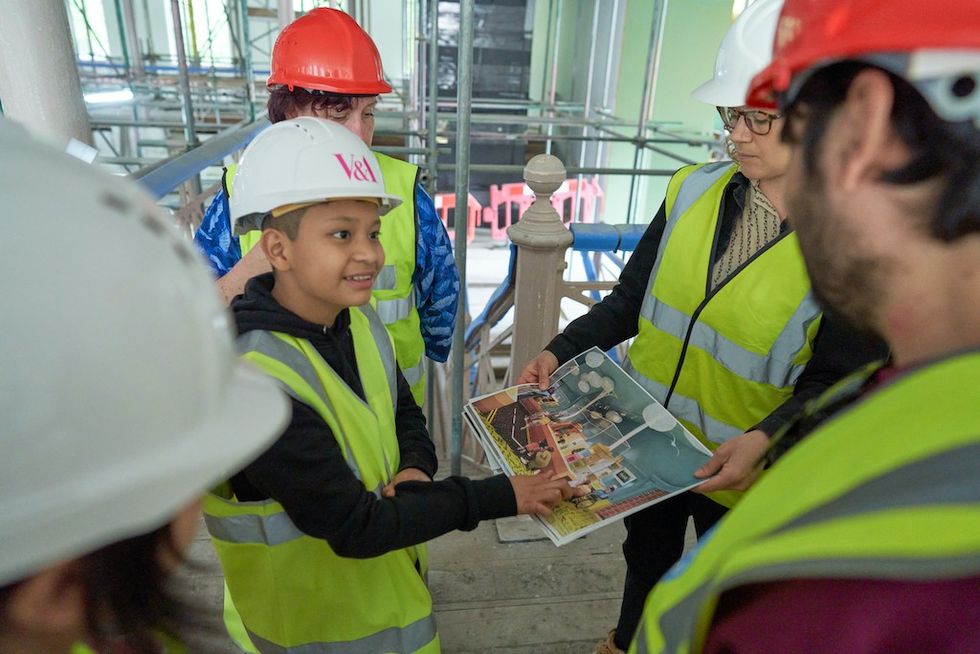 Young V&A Youth Collective members have a tour of the Young V&A construction site. Image courtesy of Young V&A.
Young V&A Youth Collective members have a tour of the Young V&A construction site. Image courtesy of Young V&A. 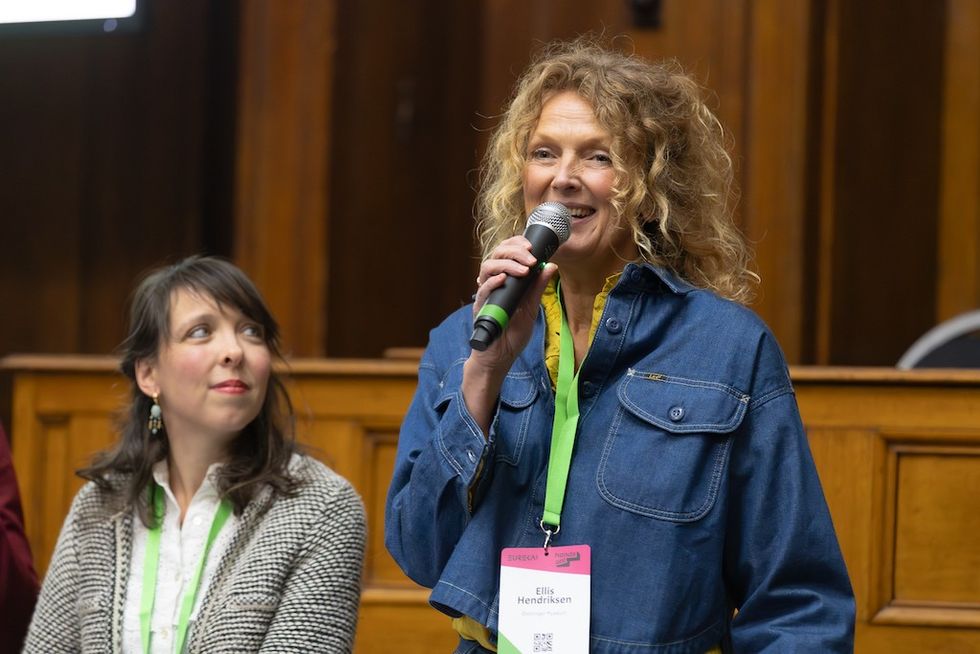 Floriane Perot and Ellis Hendriksen
Floriane Perot and Ellis Hendriksen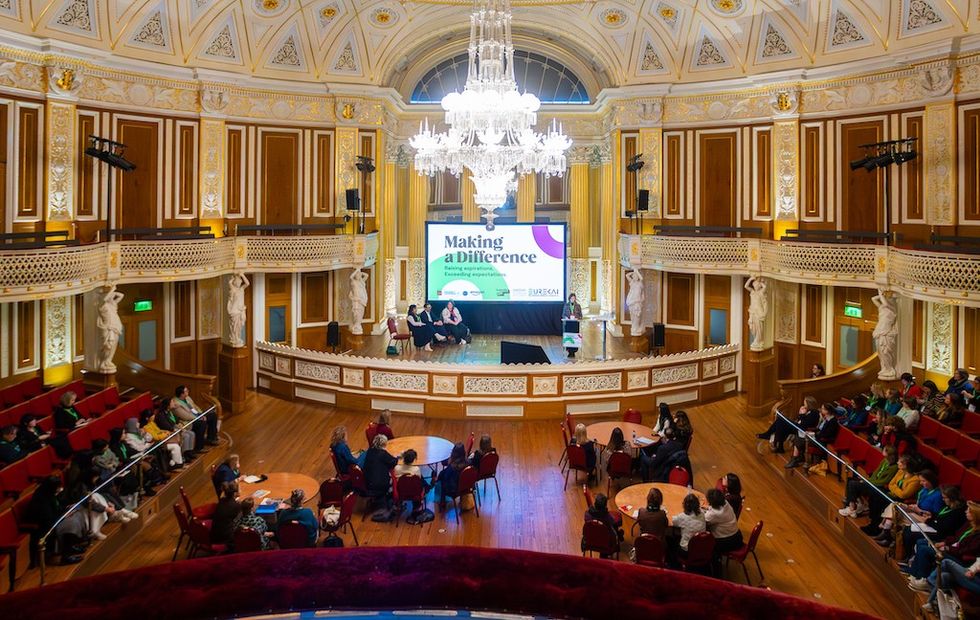
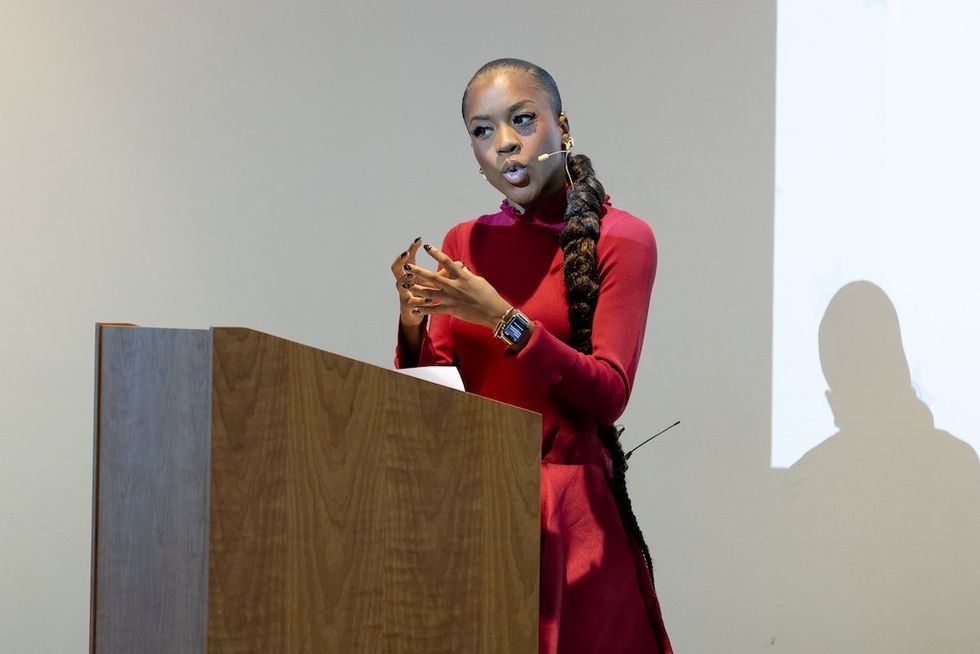 Amber Ogunsanya-William
Amber Ogunsanya-William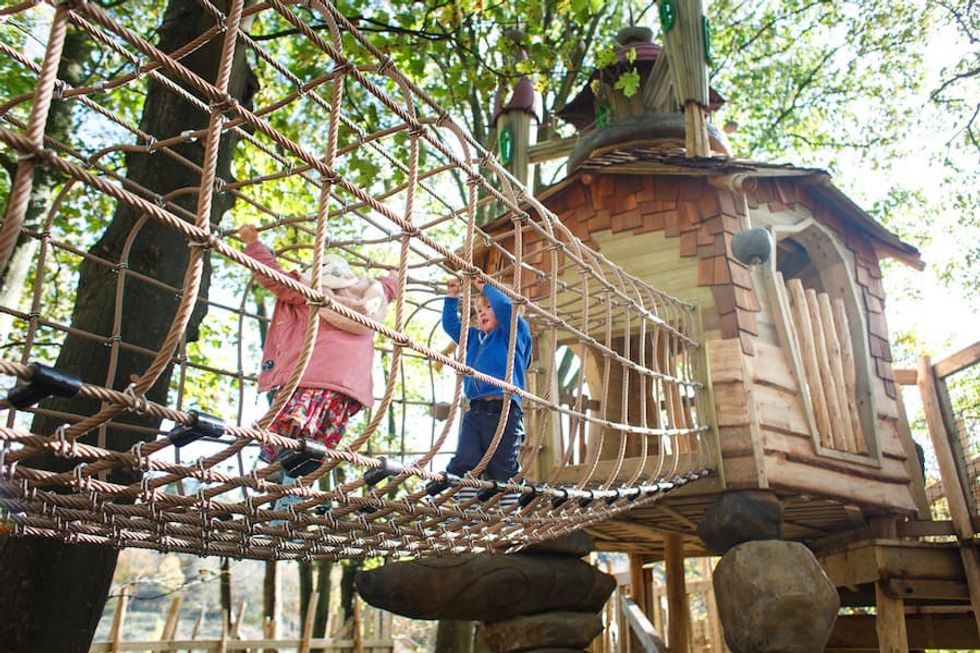 Tumblestone Hollow adventure playground by CAP.CO
Tumblestone Hollow adventure playground by CAP.CO  Ghaleya Al Mansoori
Ghaleya Al Mansoori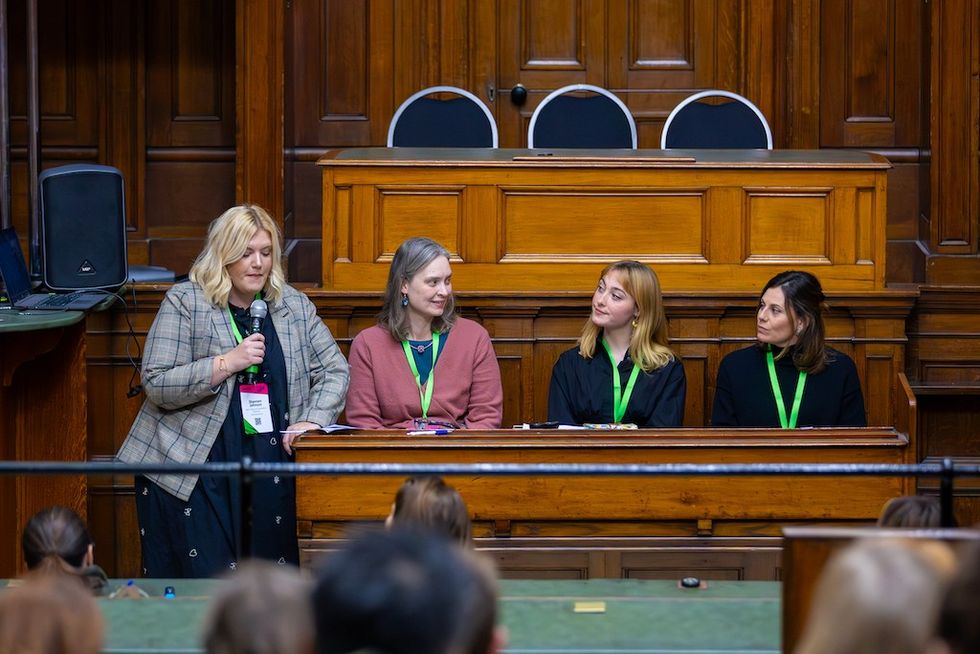
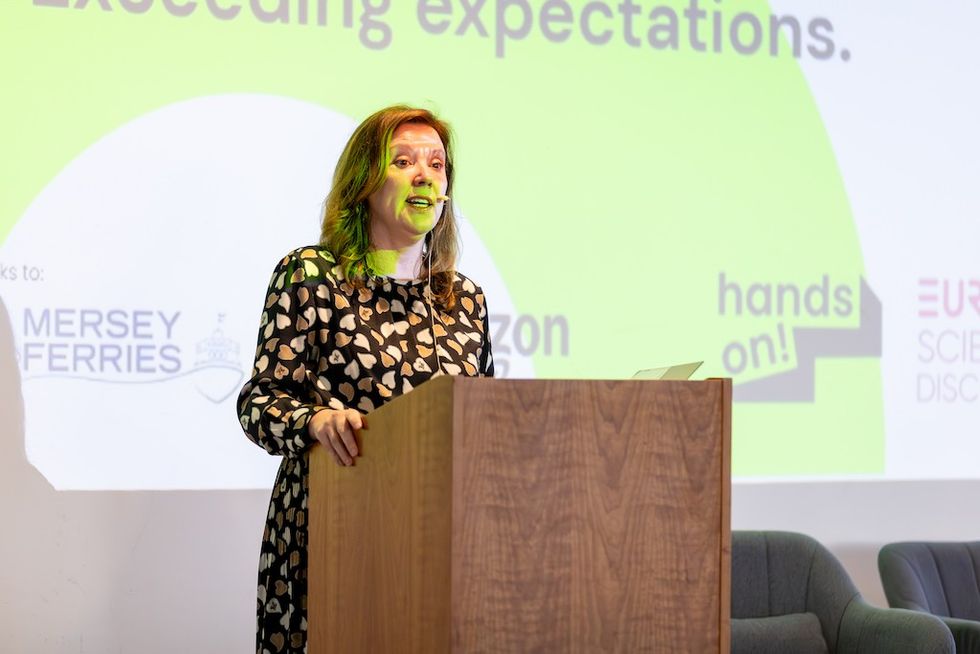 Dame Rachel de Souza
Dame Rachel de Souza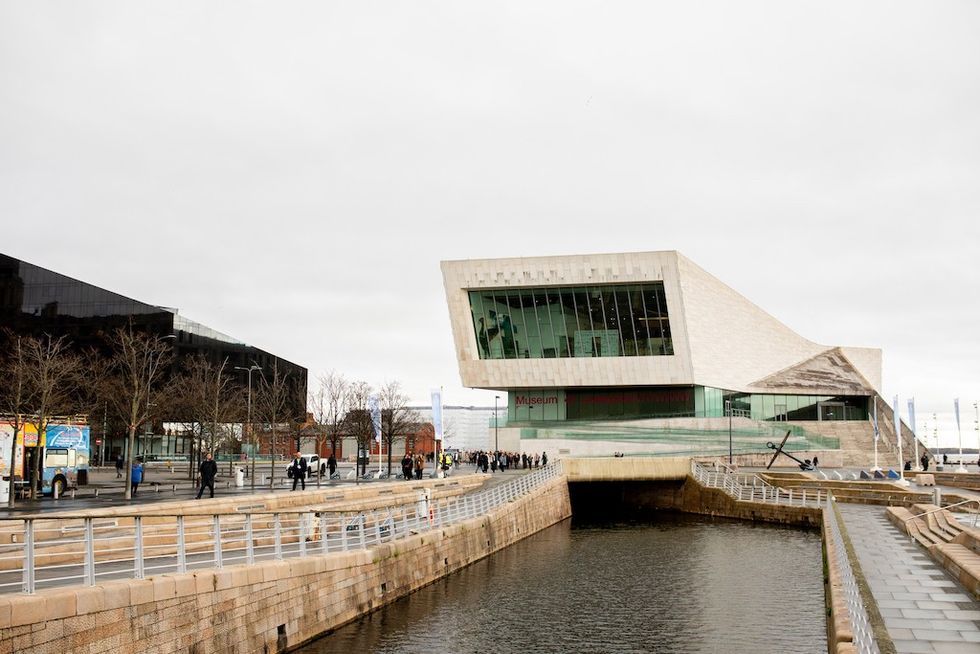 Liverpool Museum
Liverpool Museum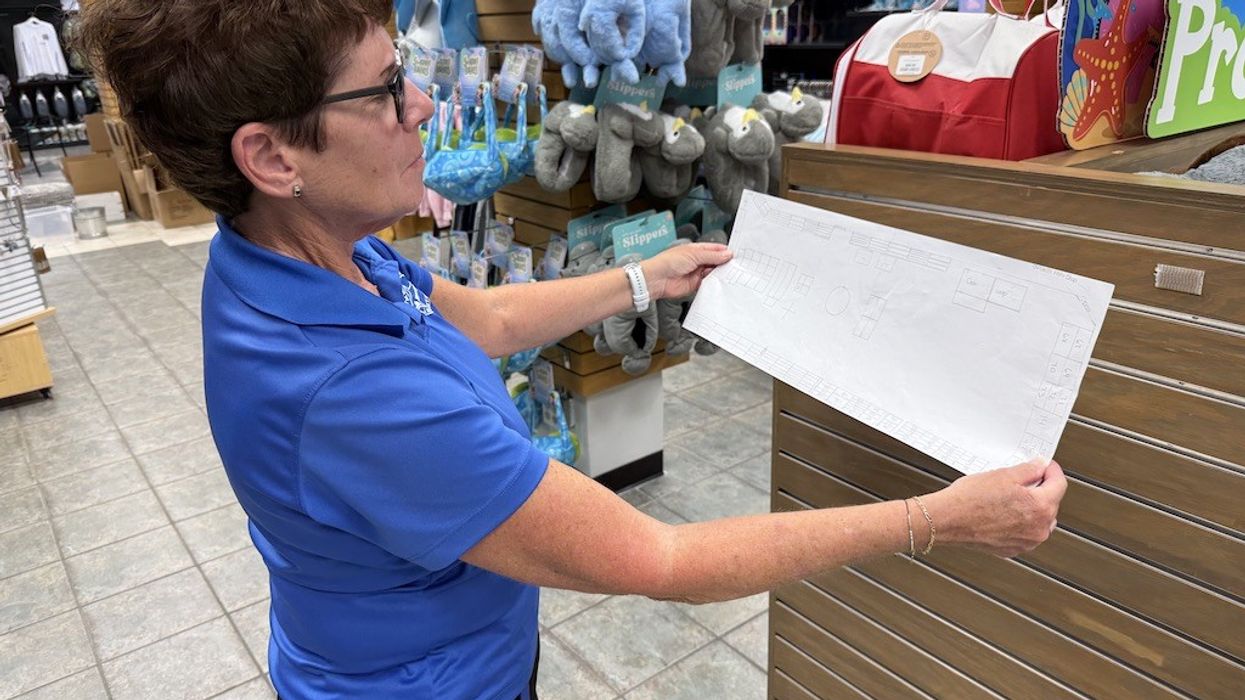
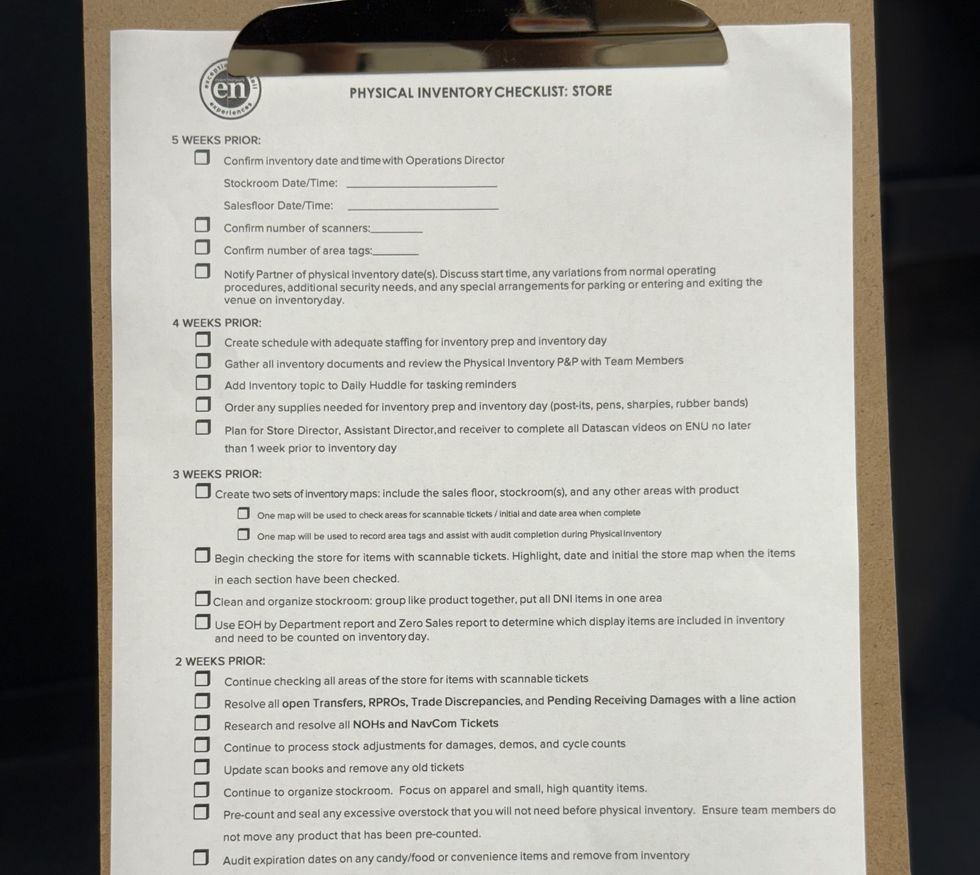
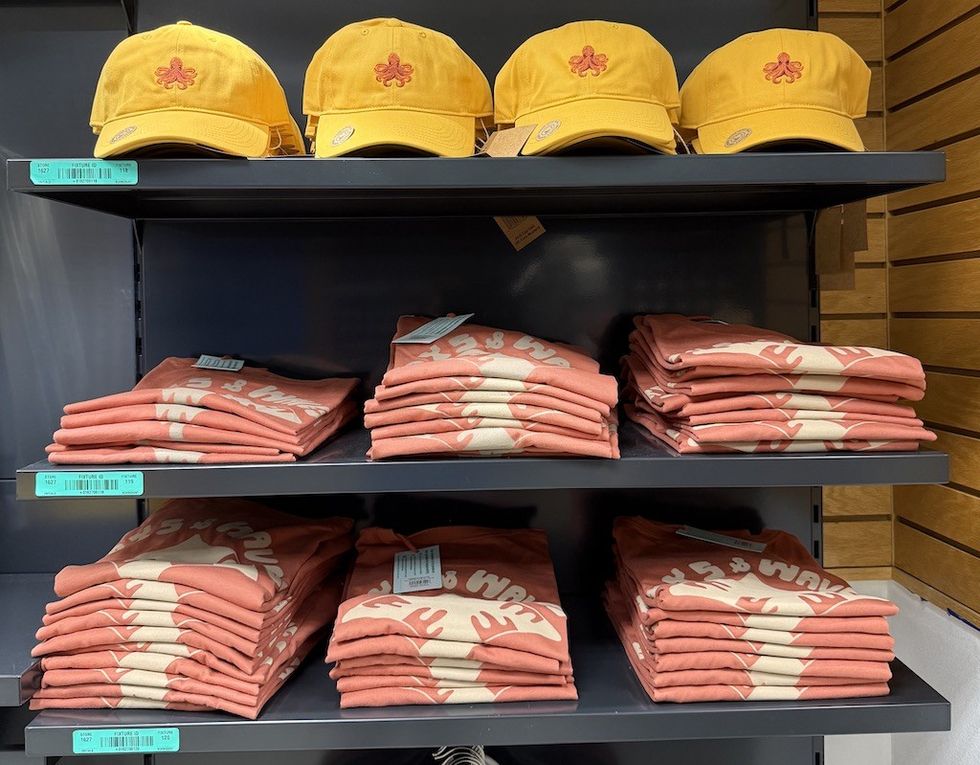
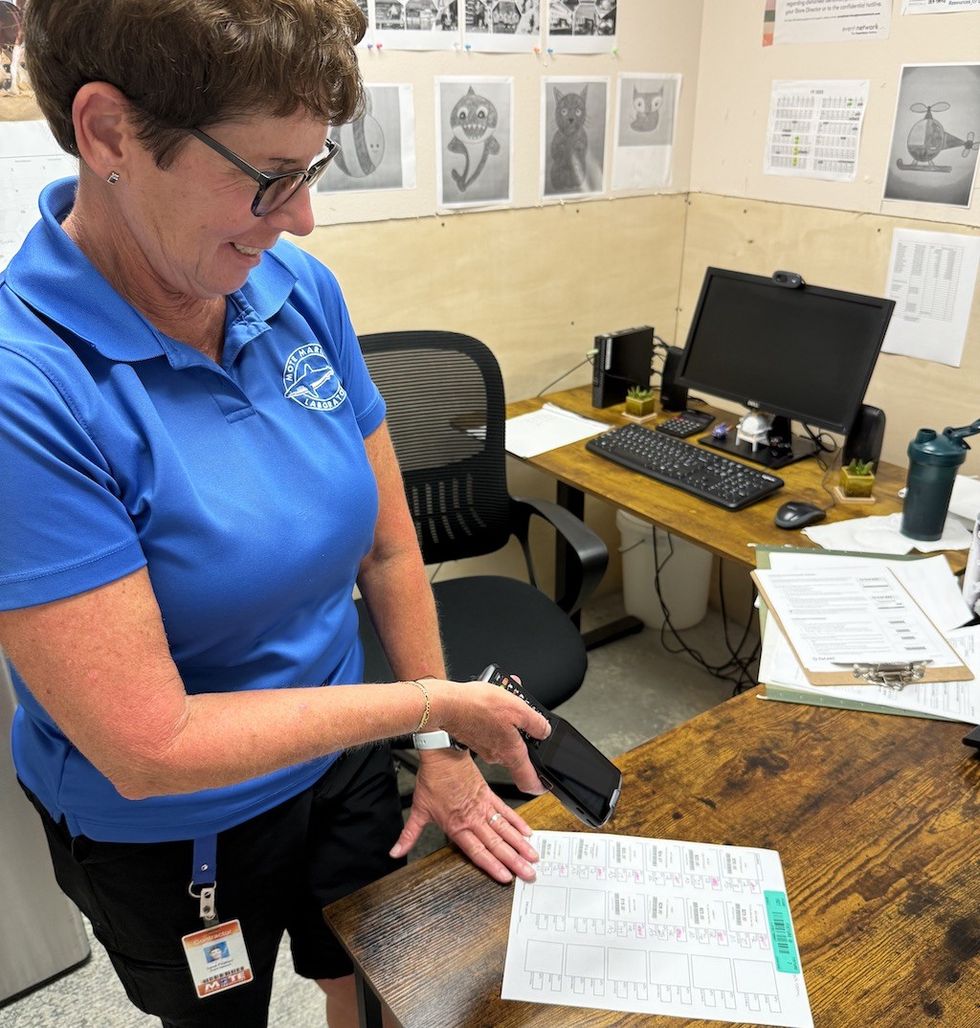


 Guests display a commemorative UN stamp sheet marking the 100th anniversary of the Palace Museum at the UN headquarters in New York, May 2025 (Xinhua)
Guests display a commemorative UN stamp sheet marking the 100th anniversary of the Palace Museum at the UN headquarters in New York, May 2025 (Xinhua)